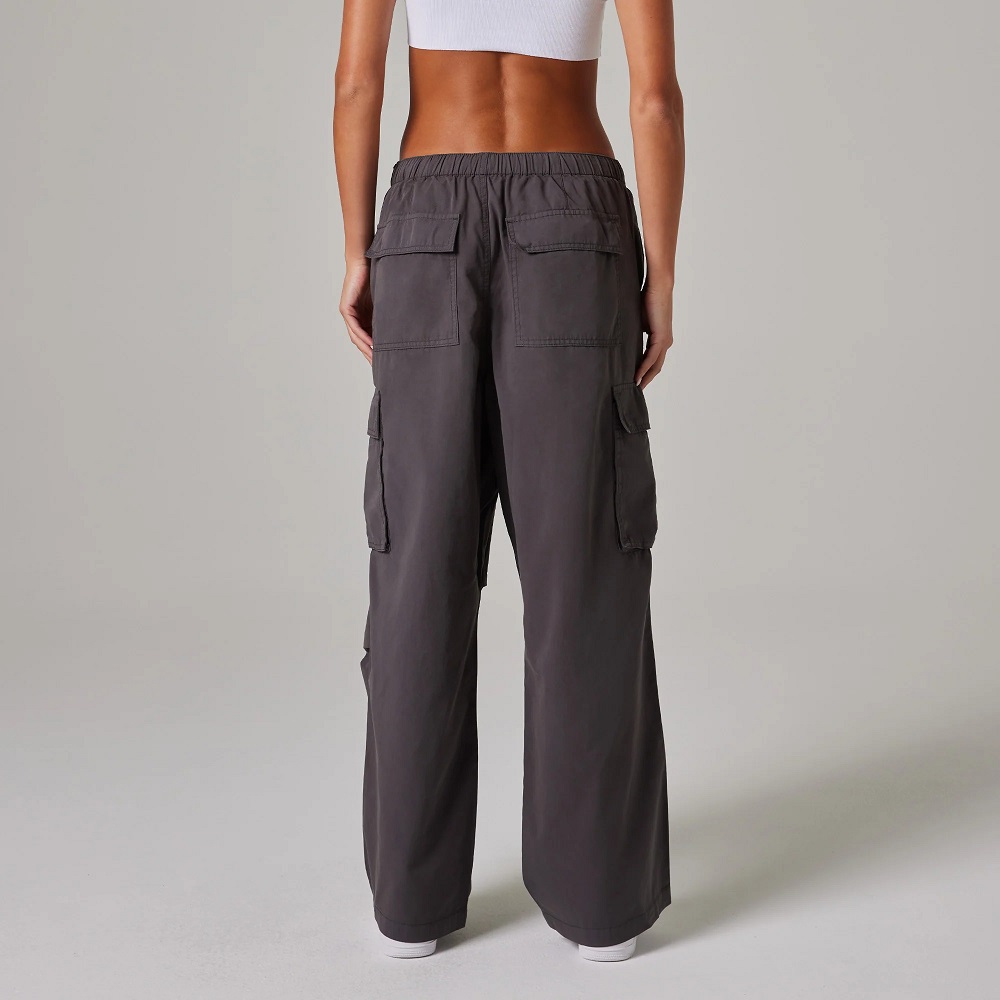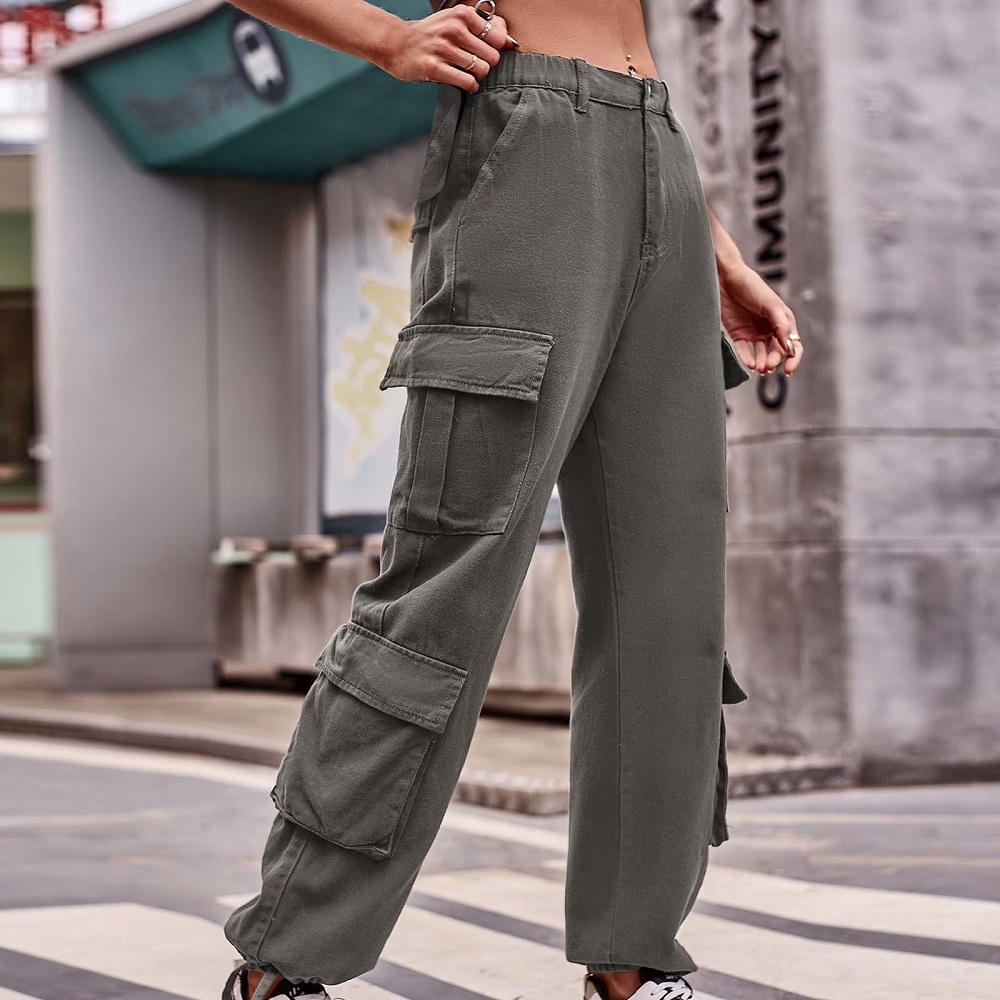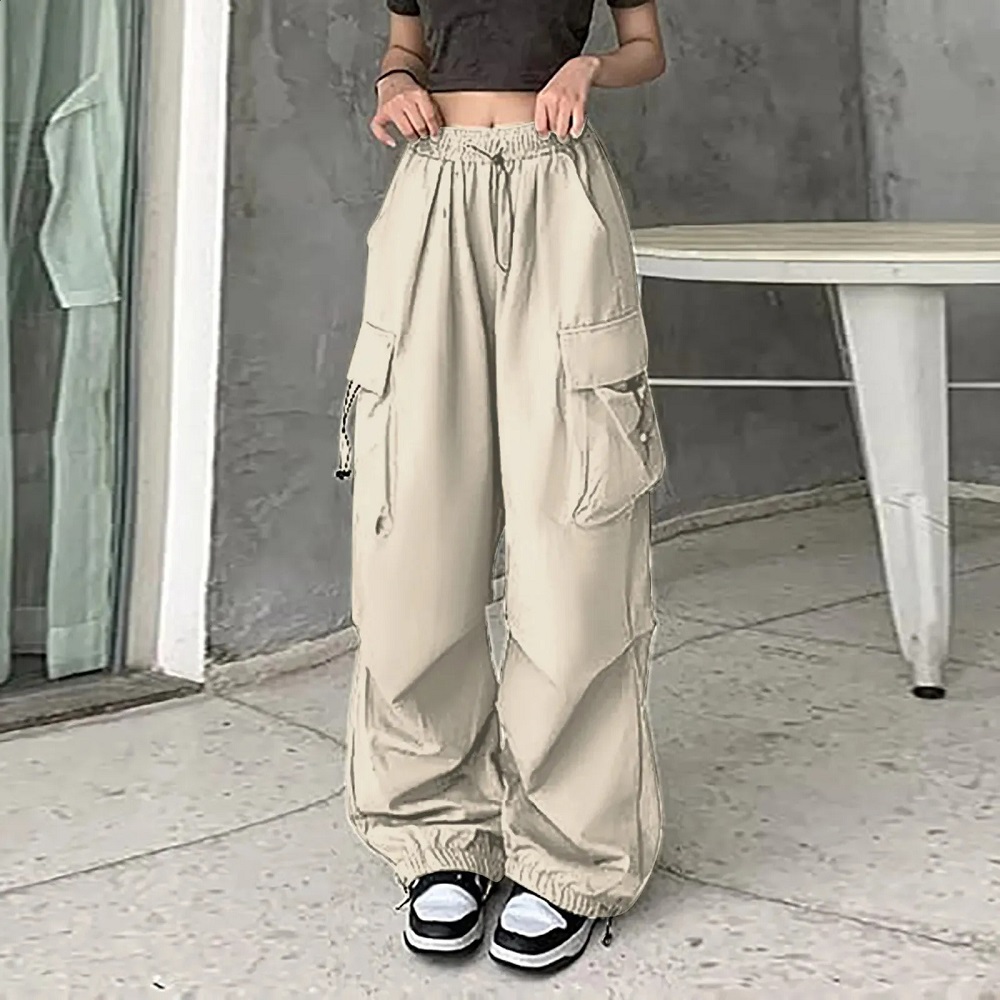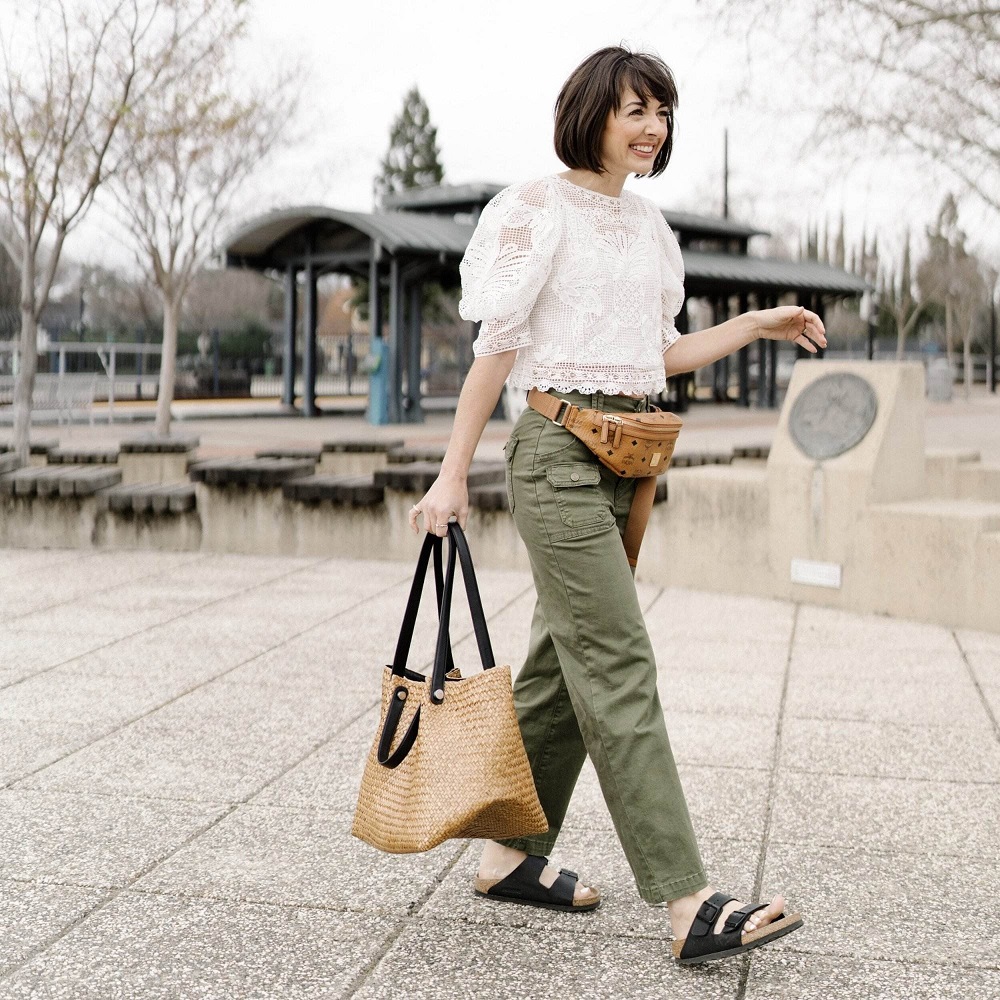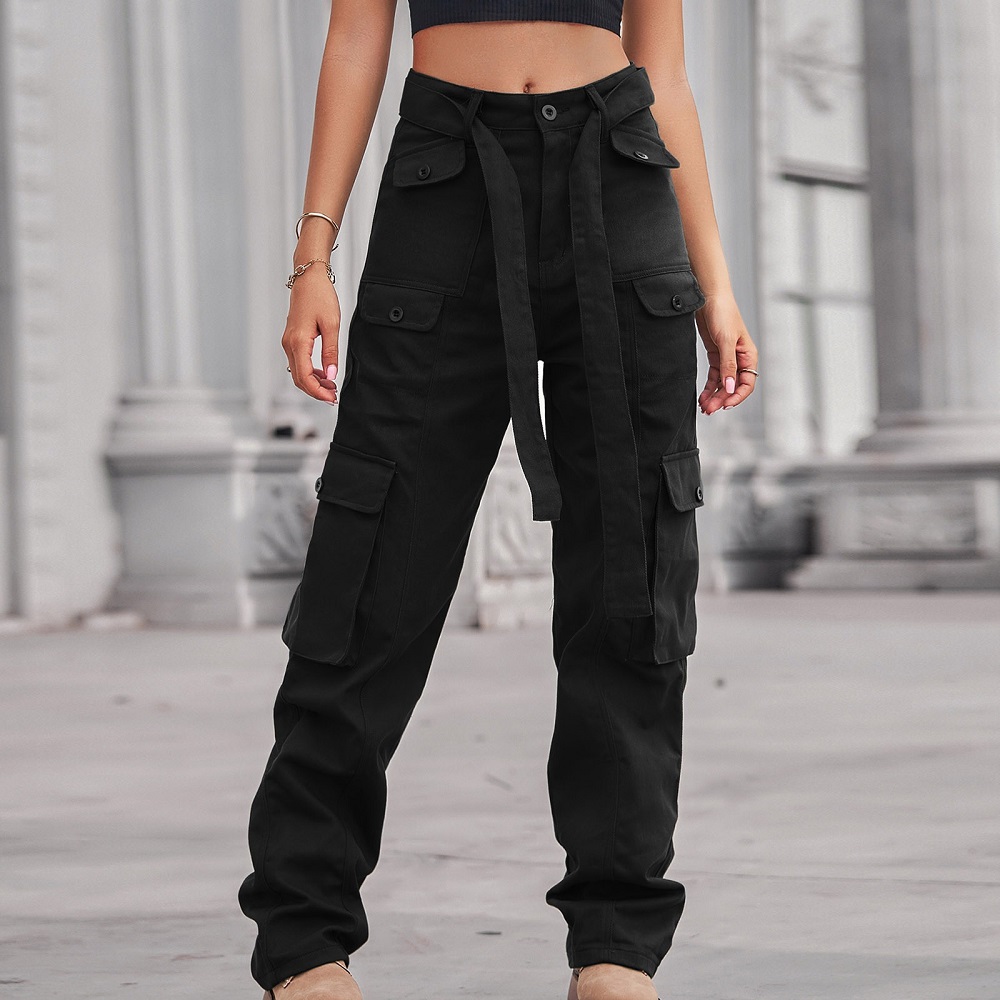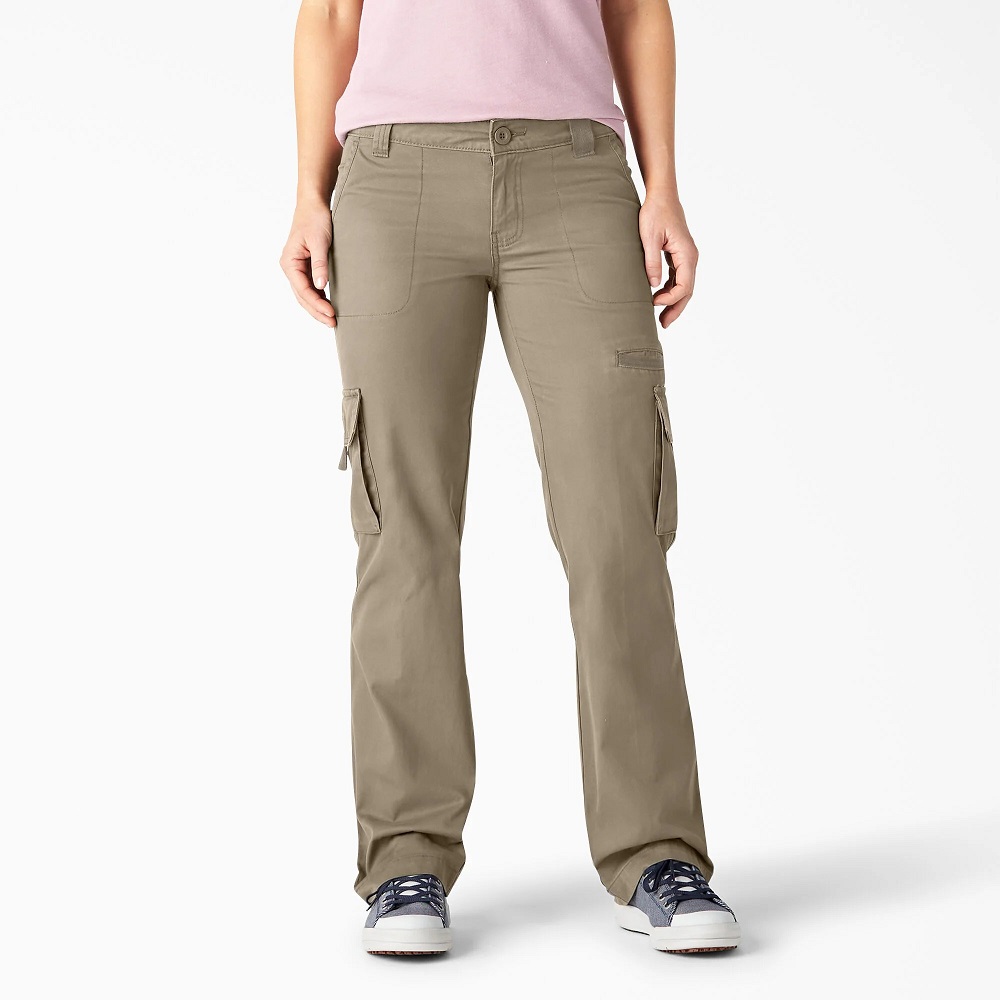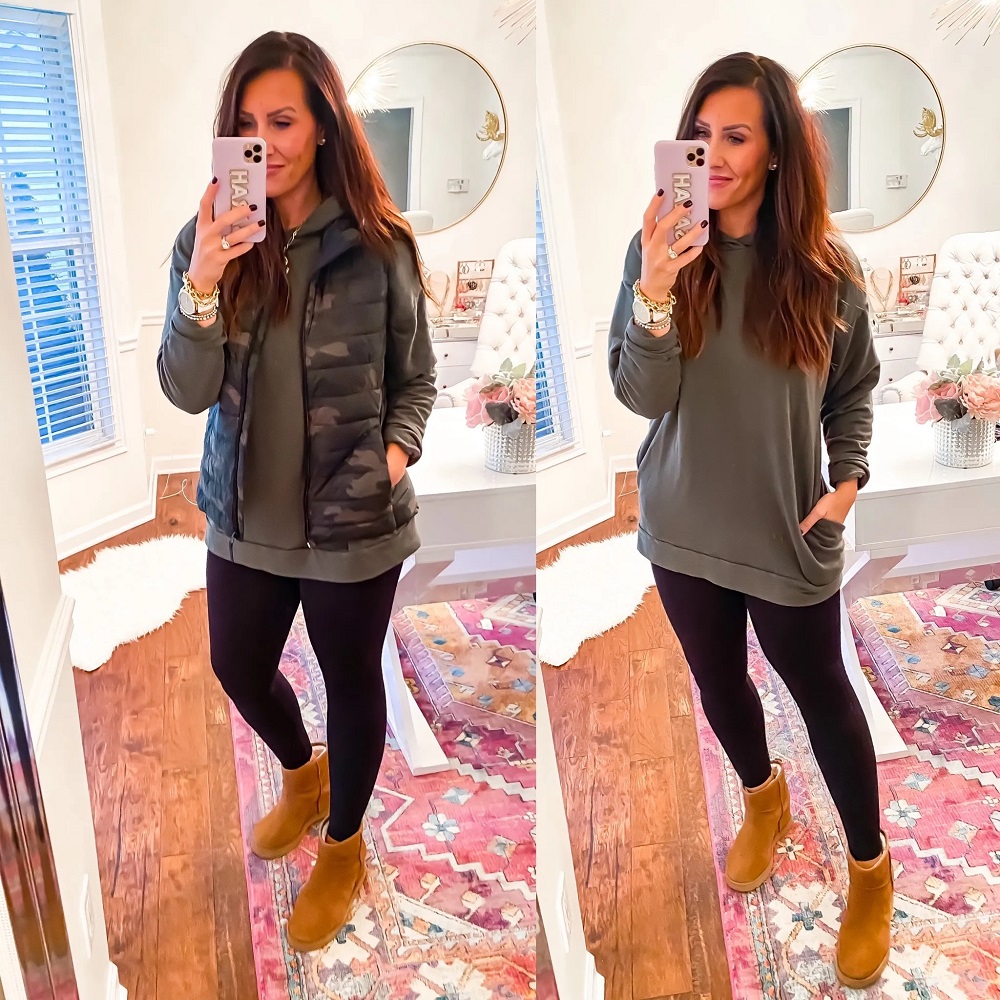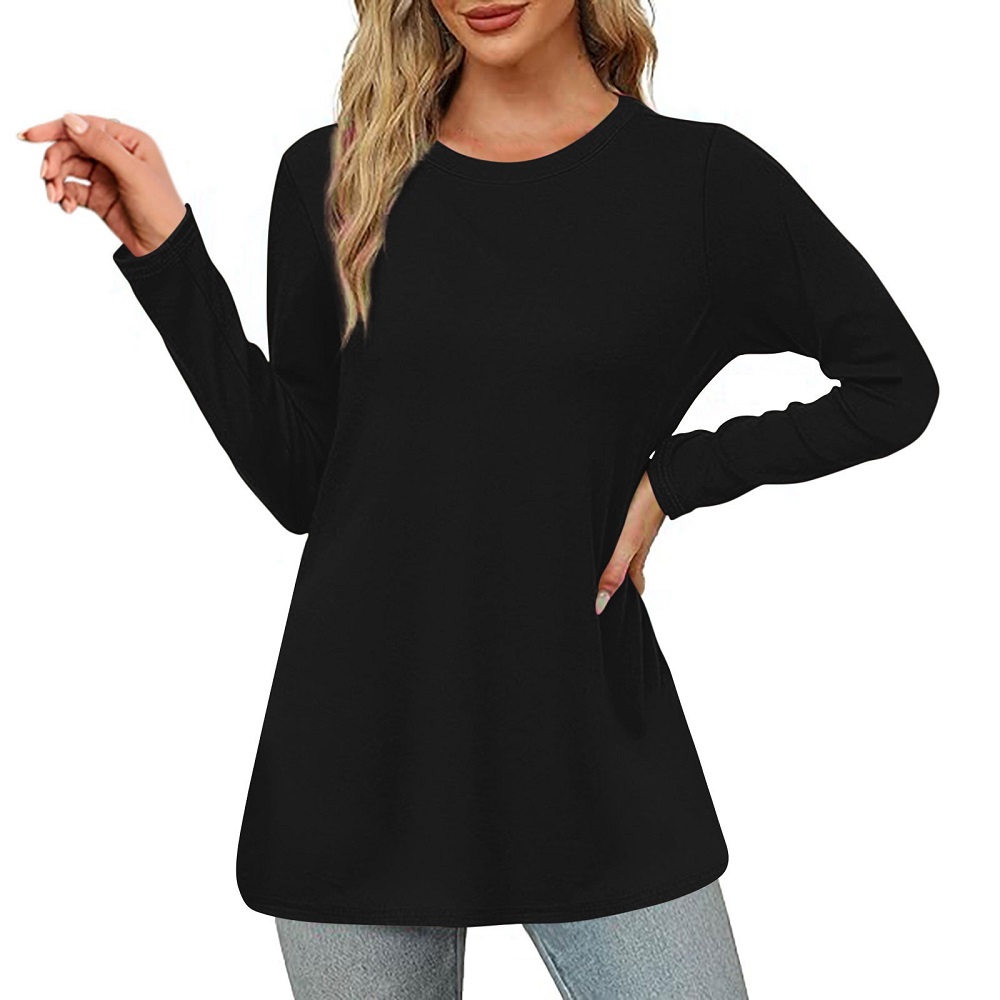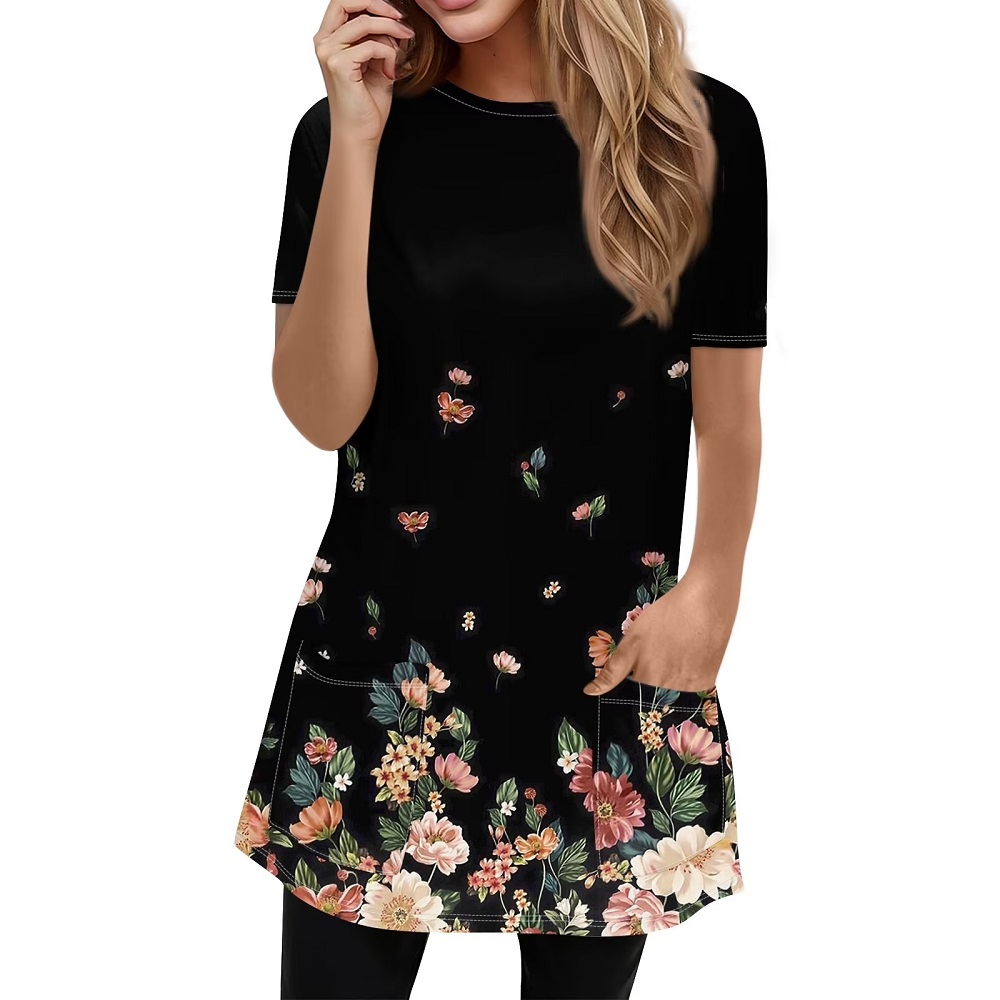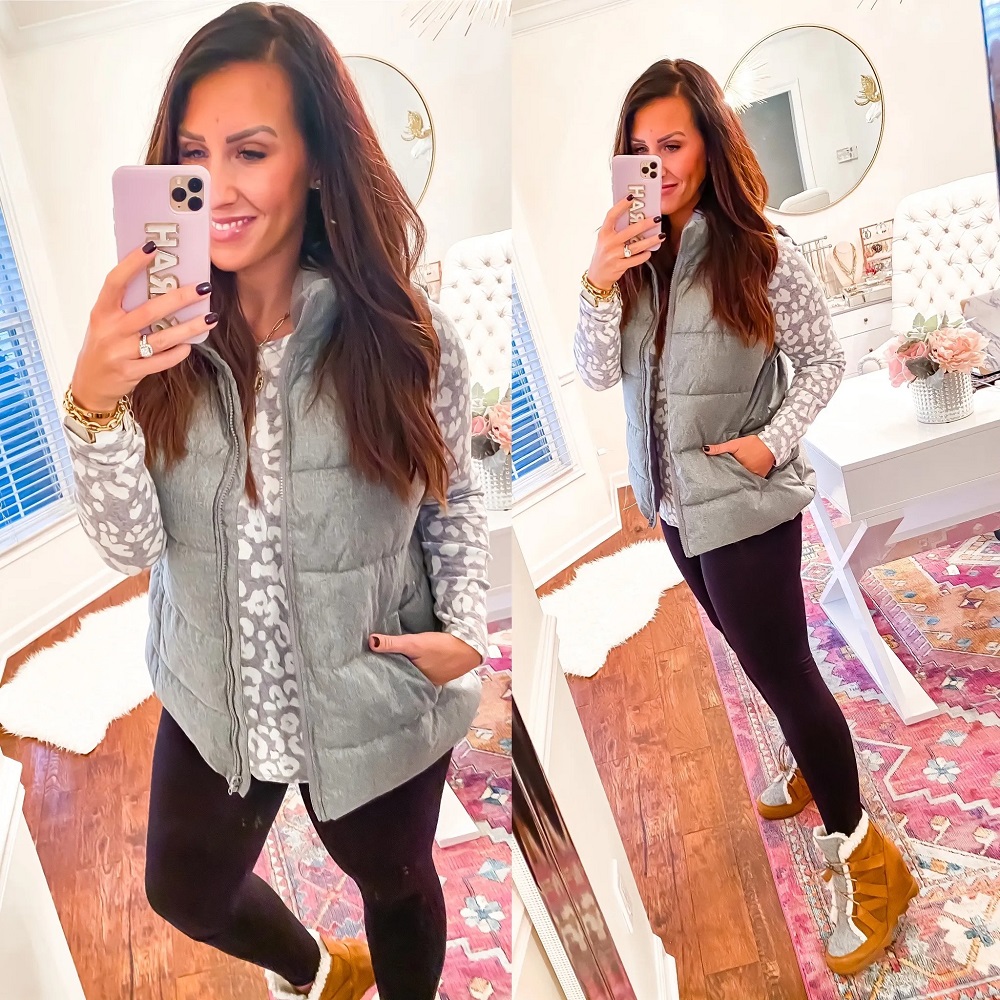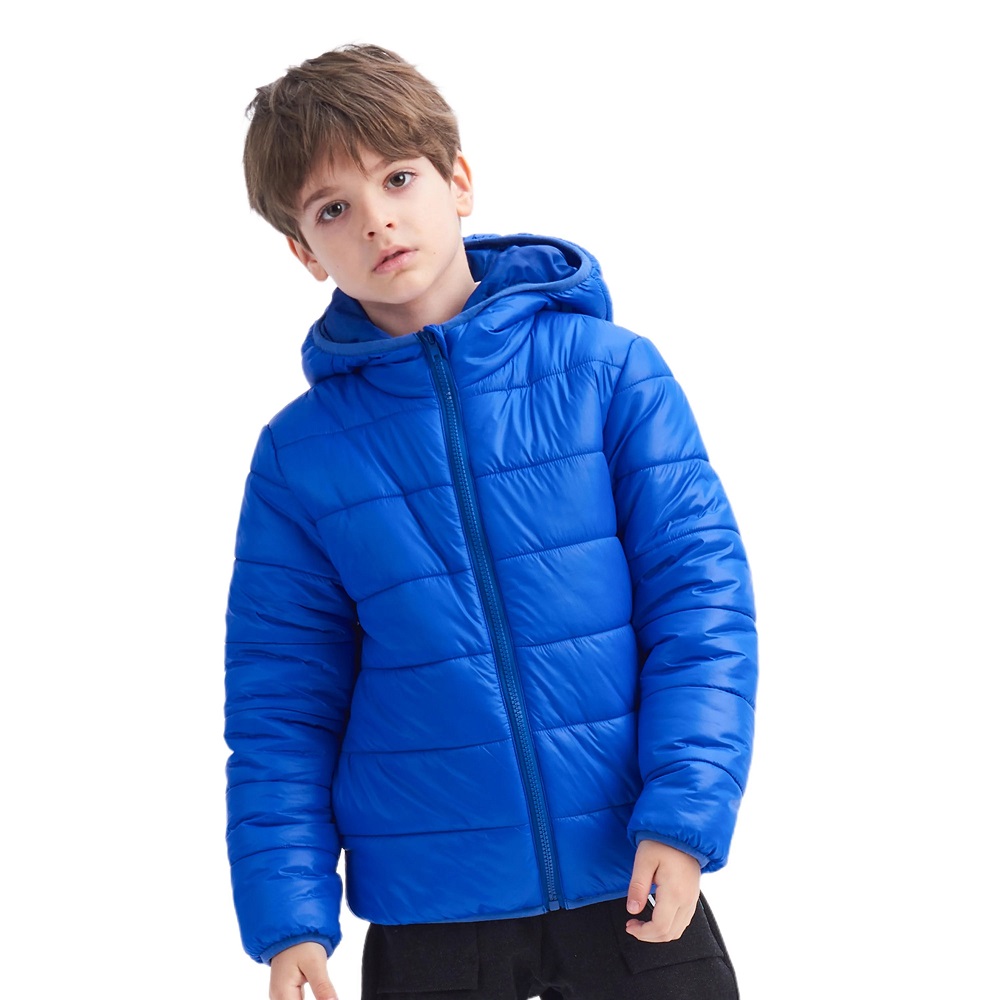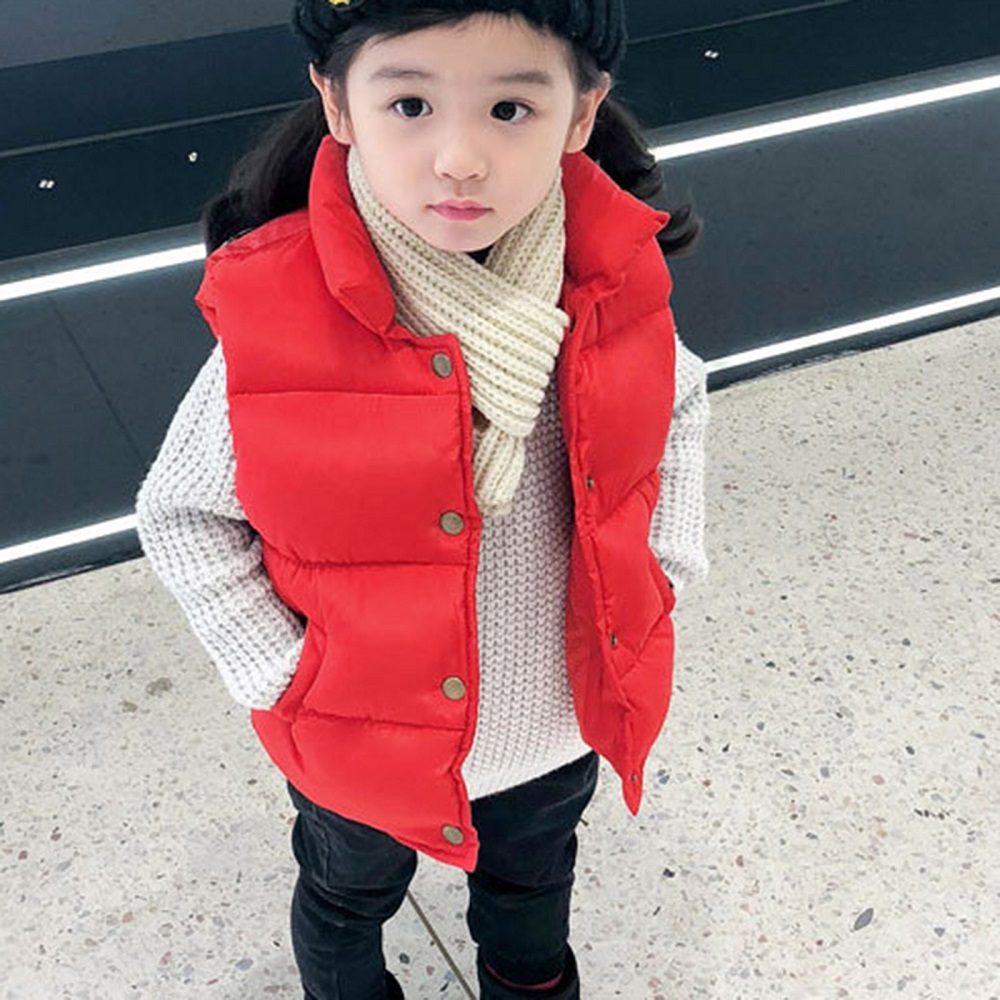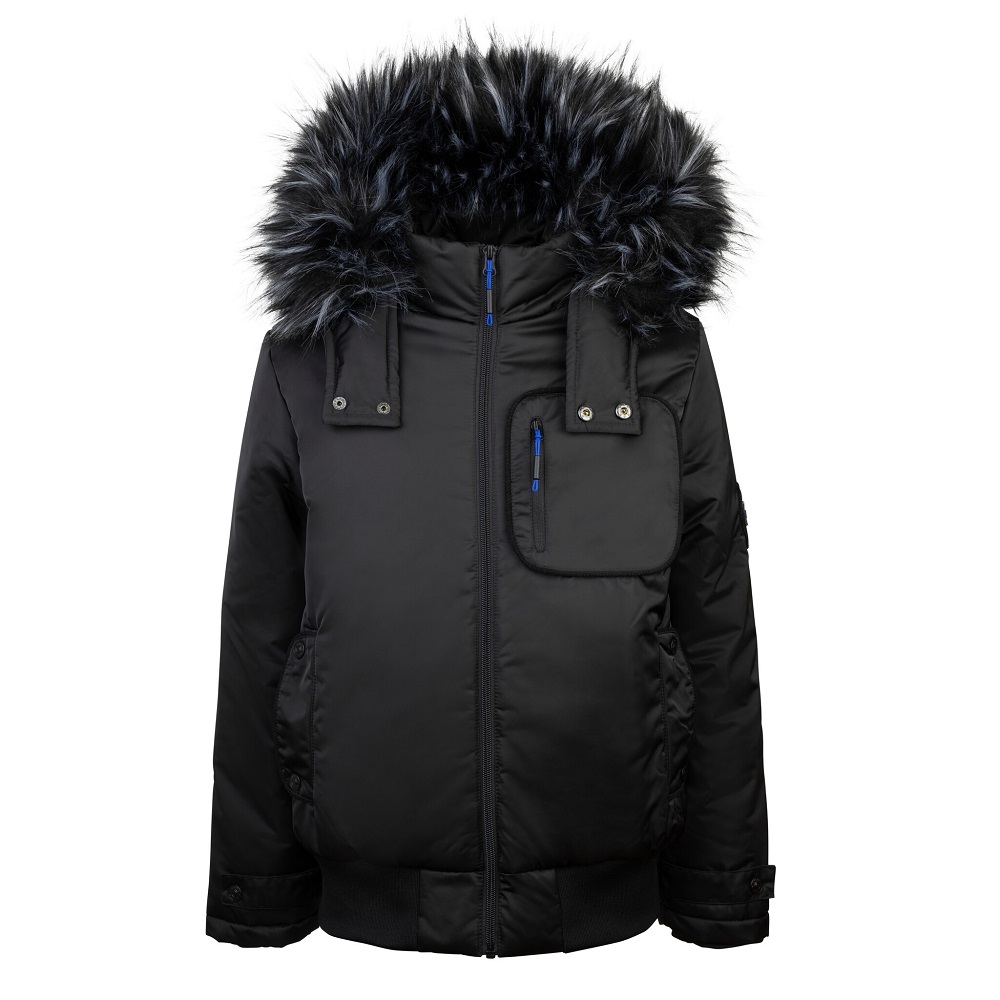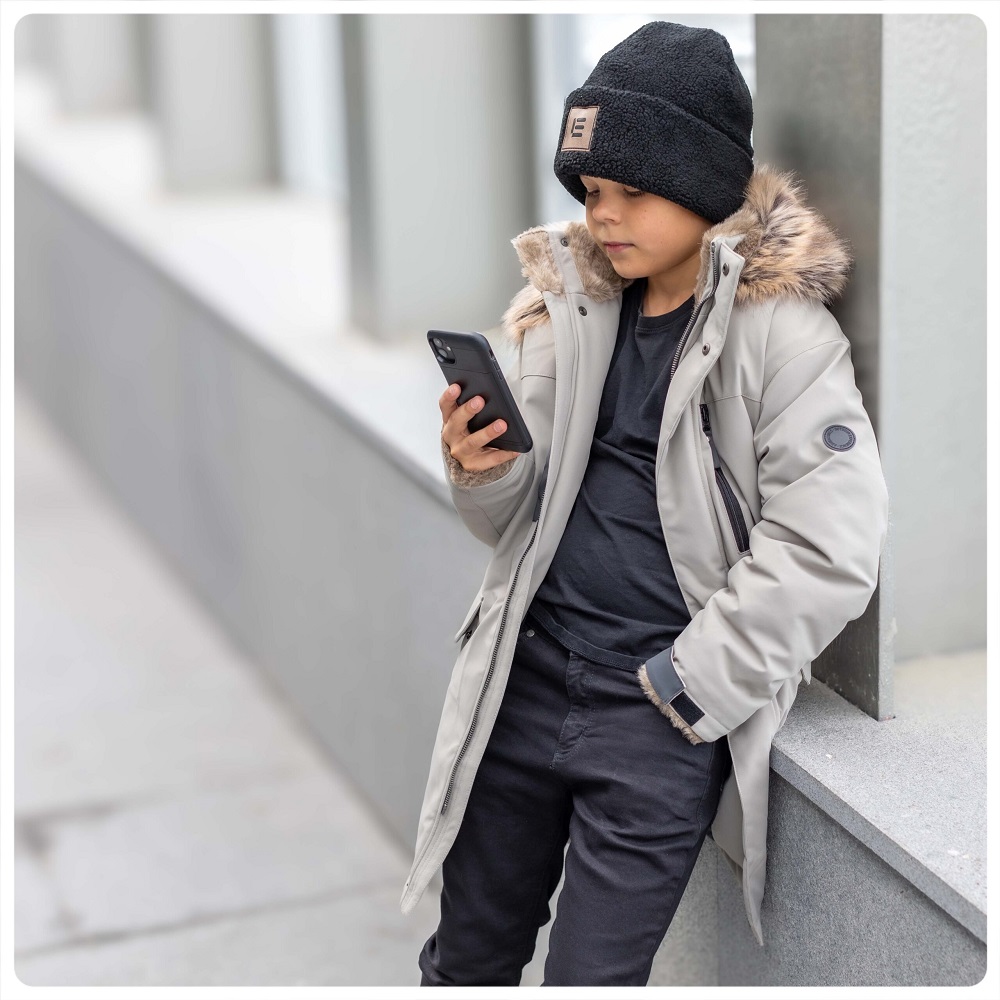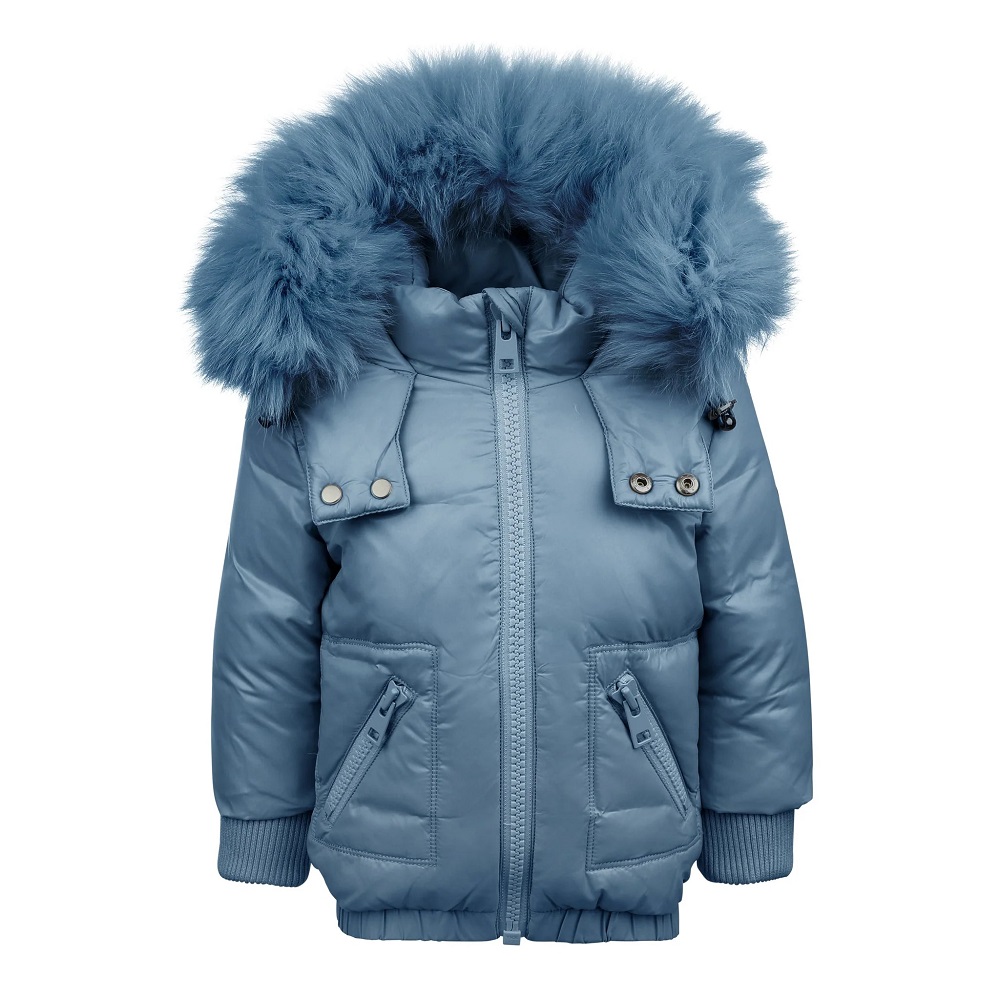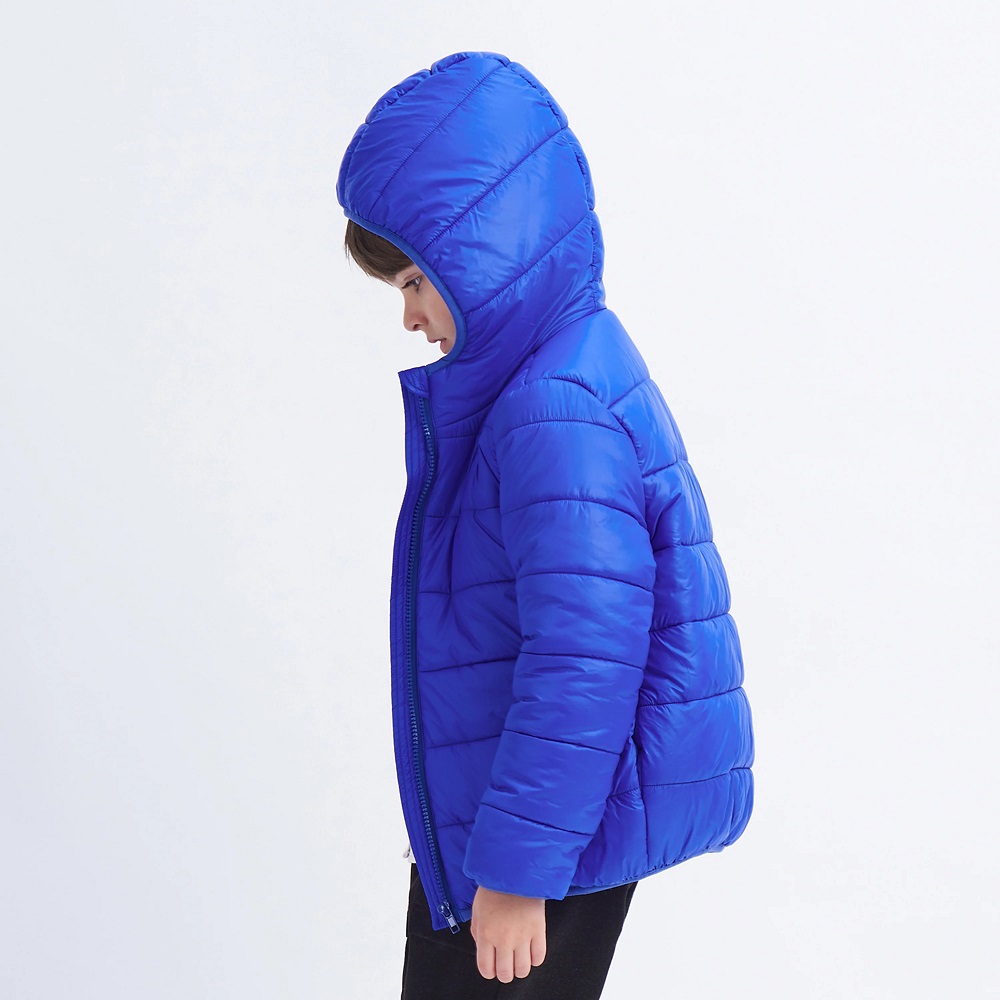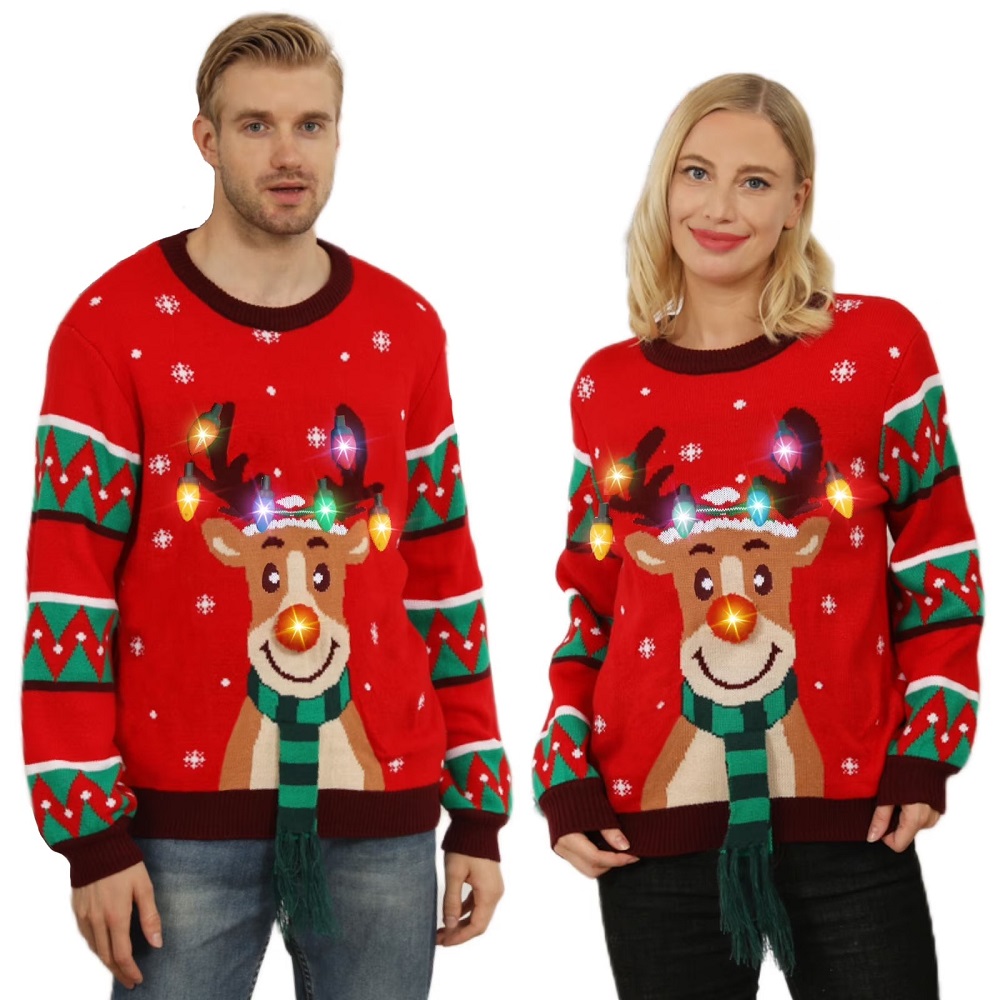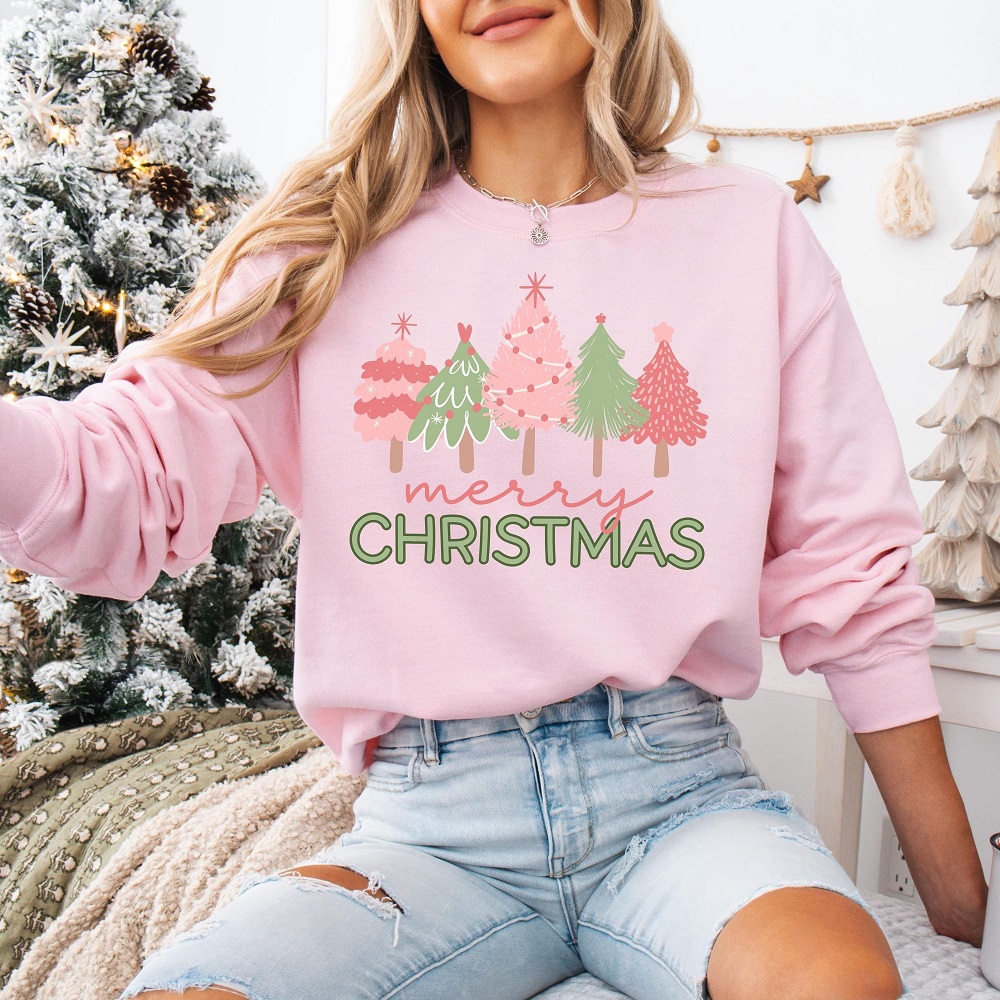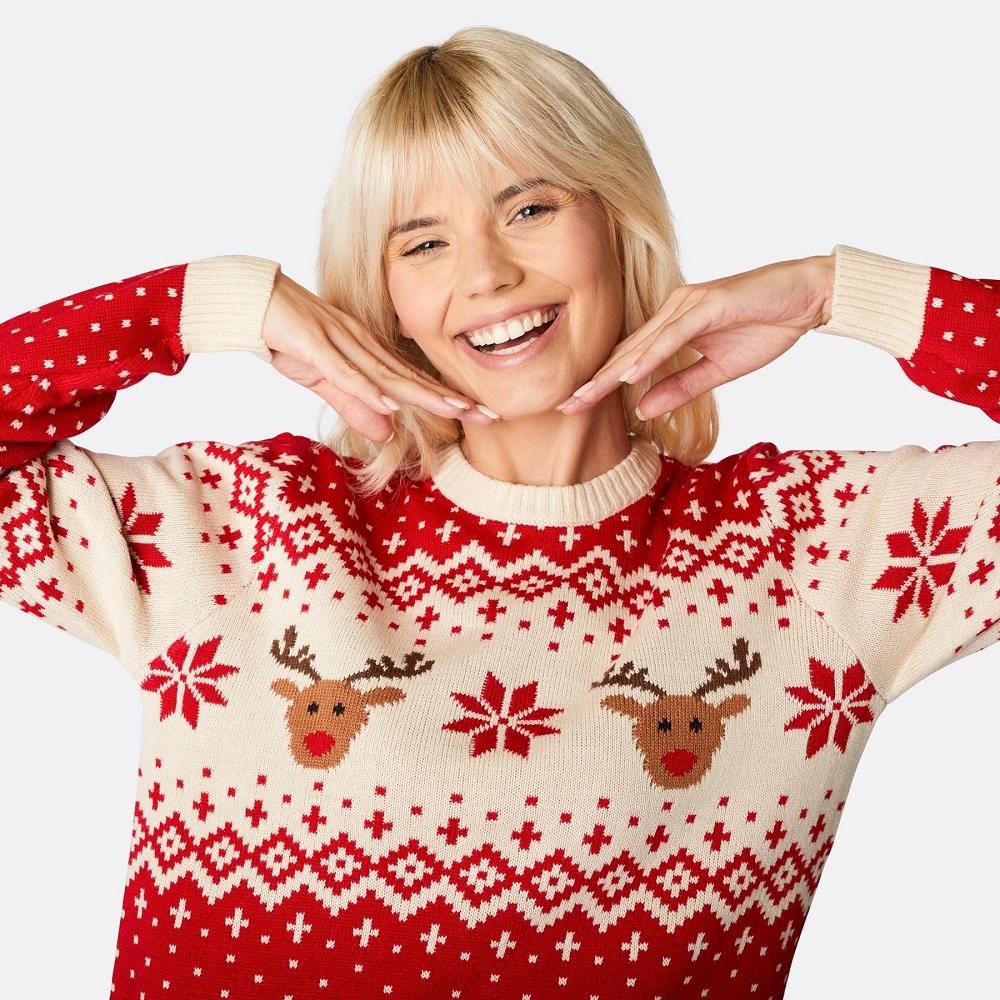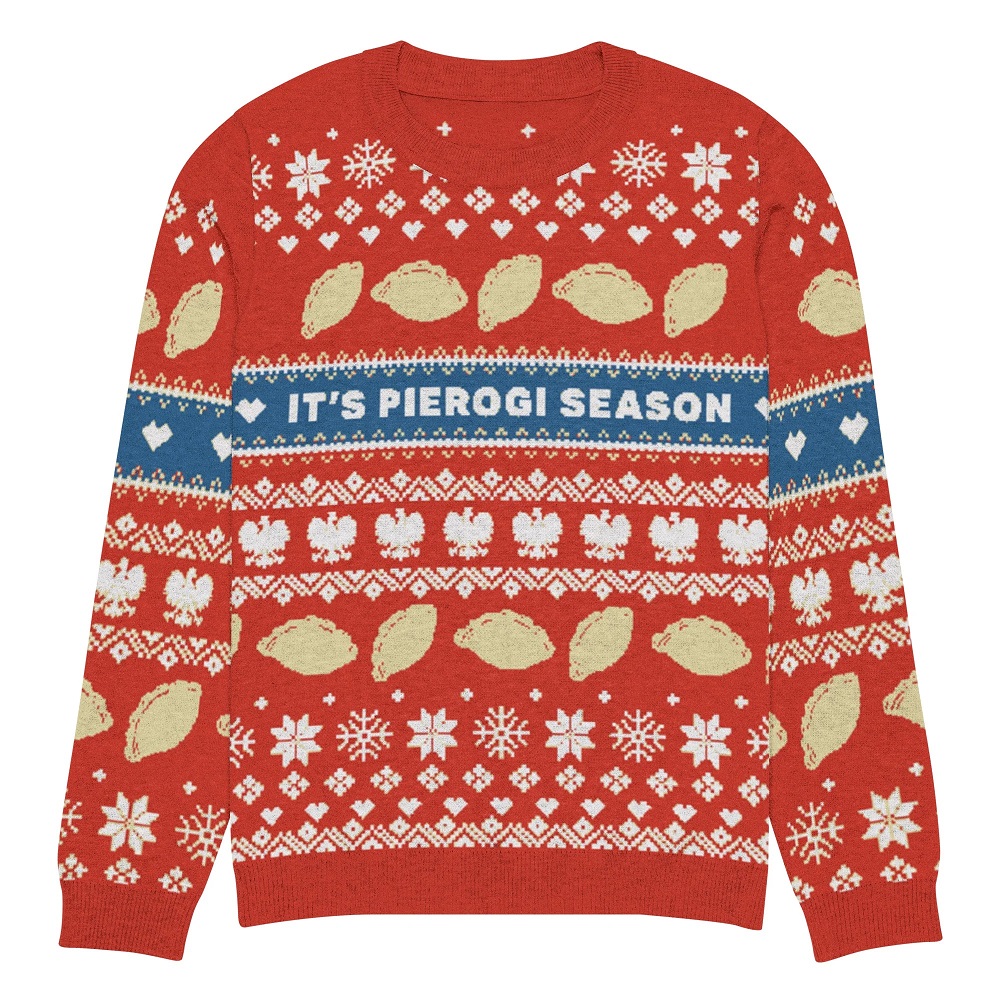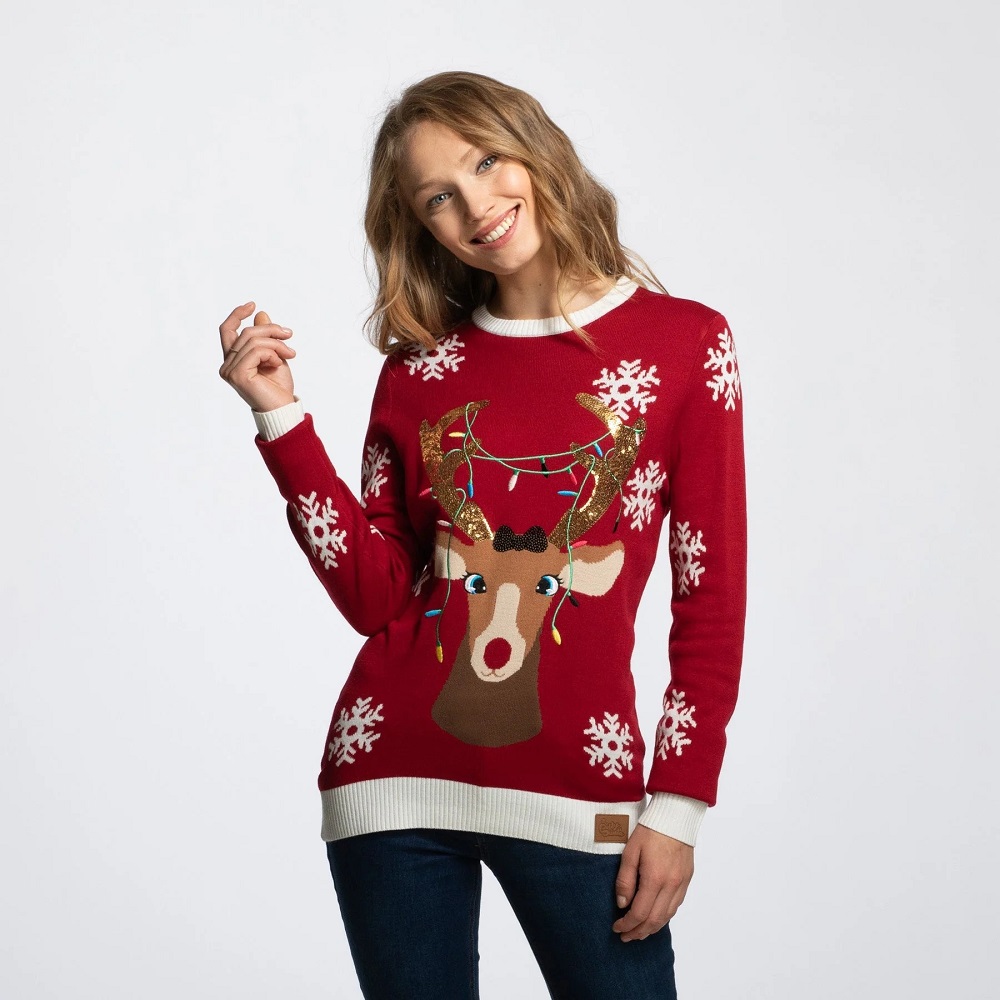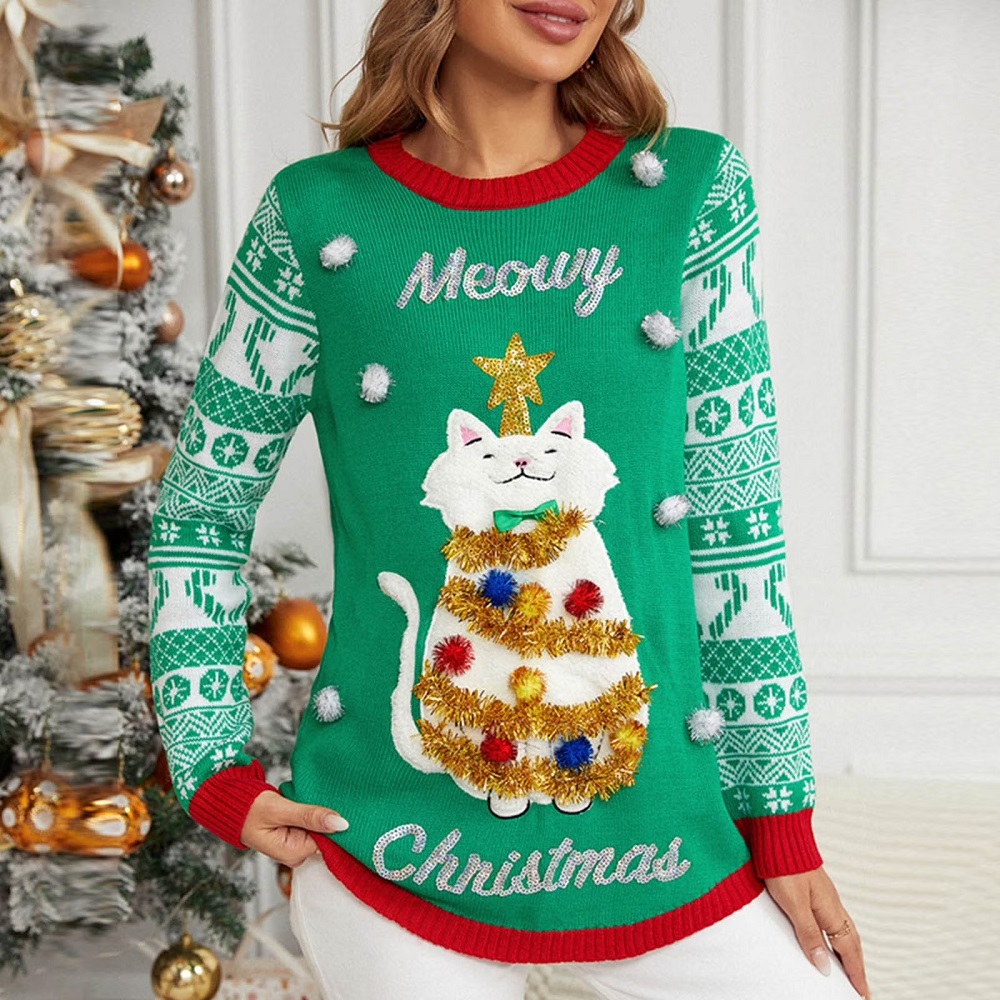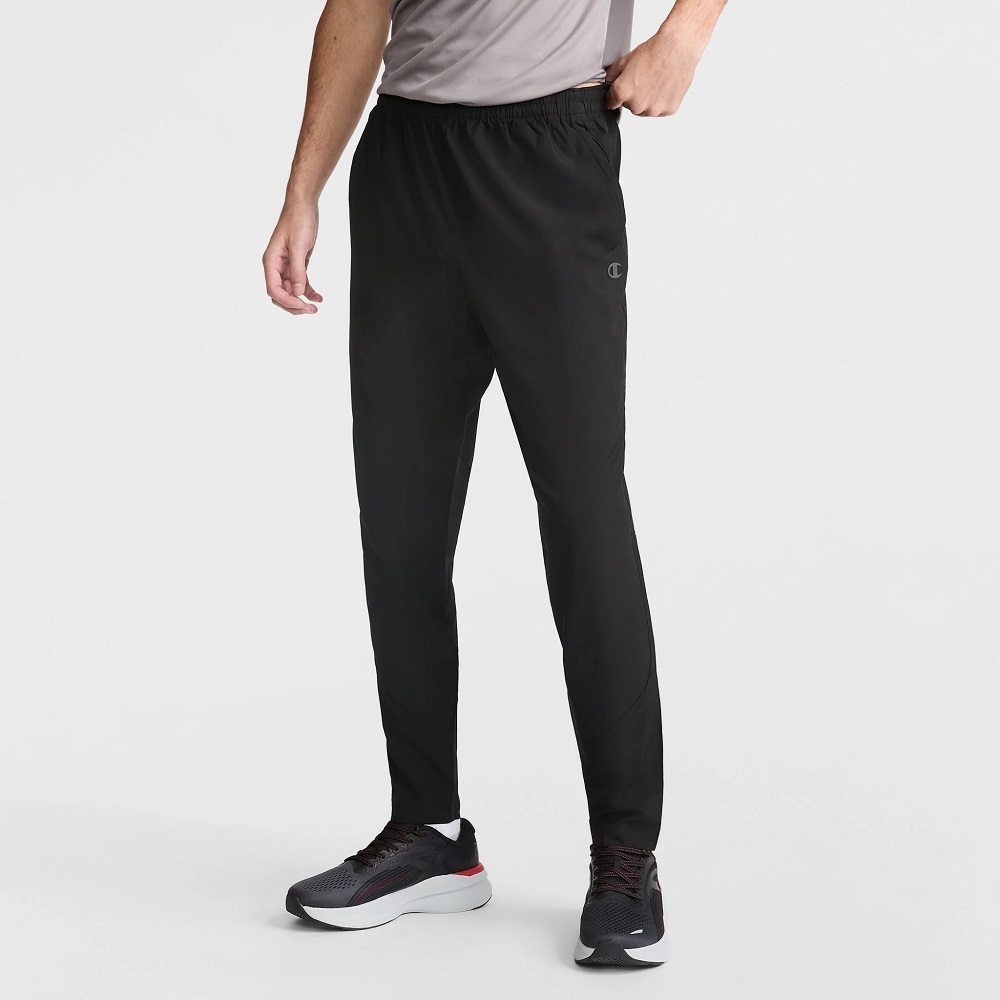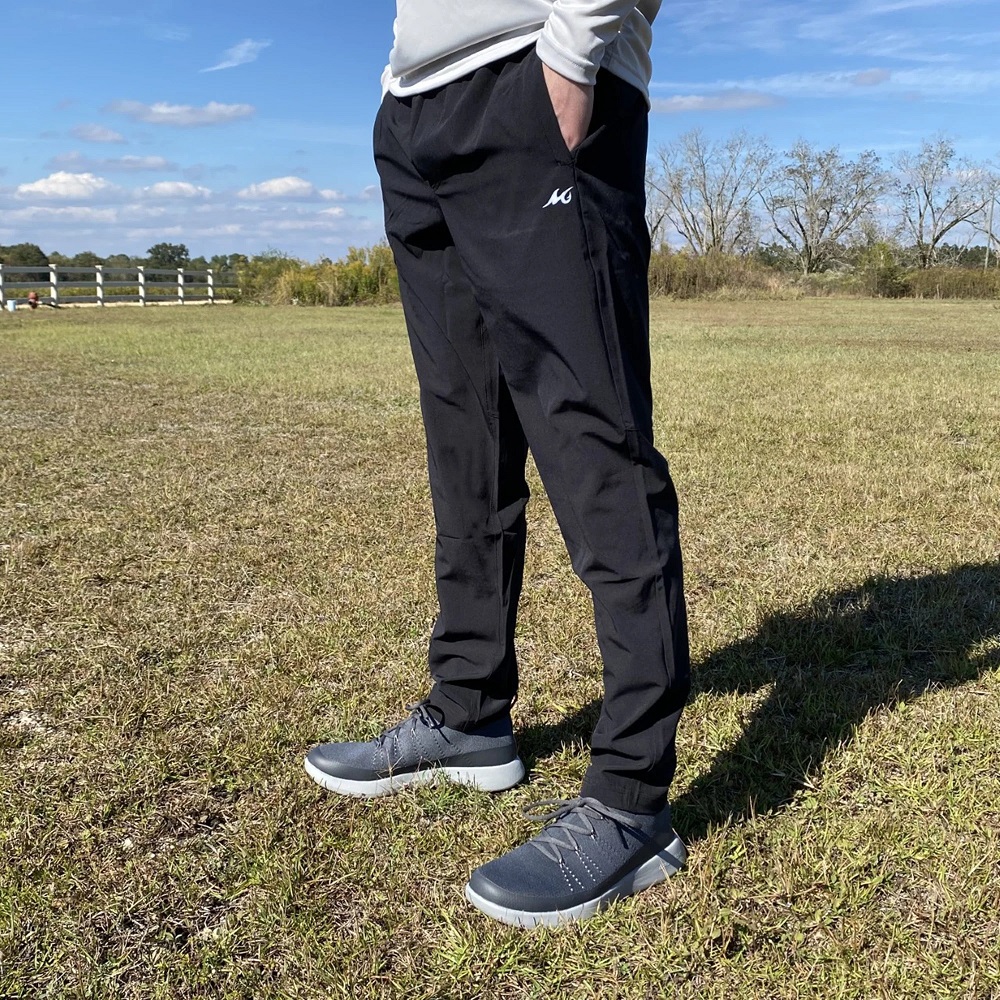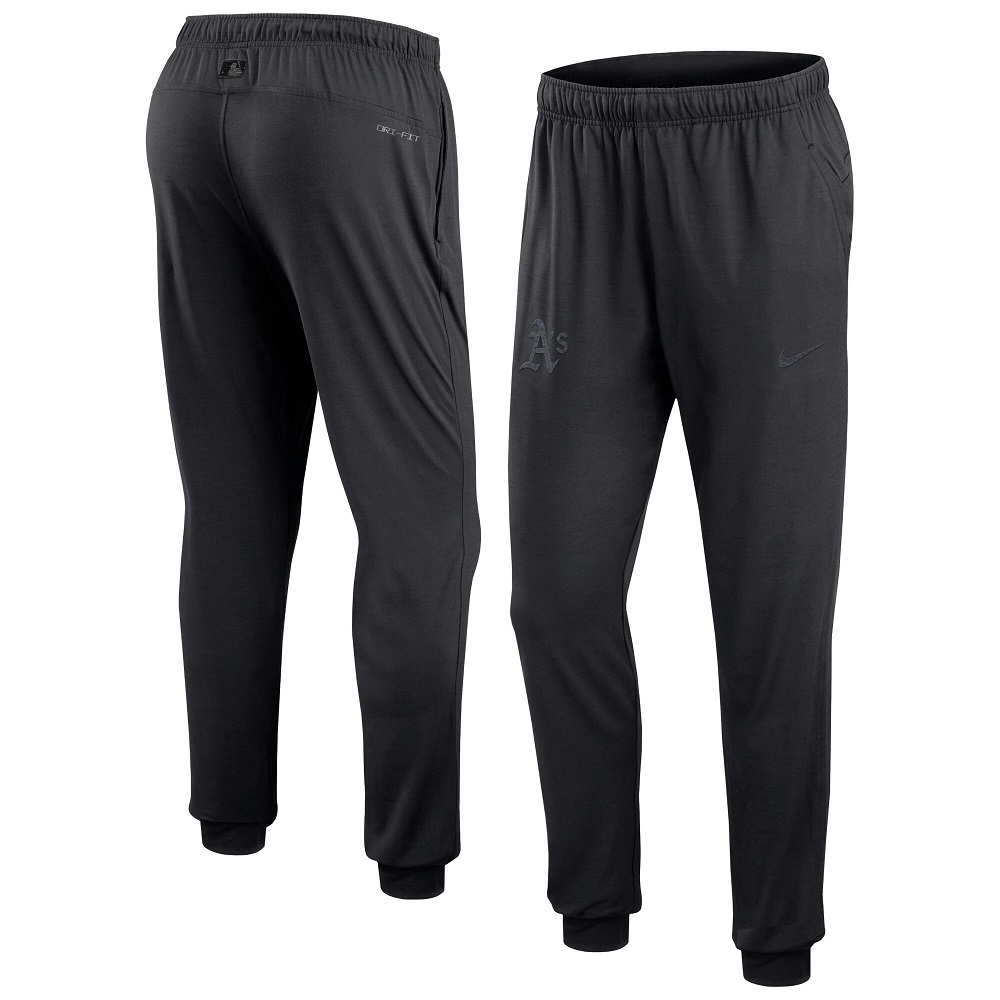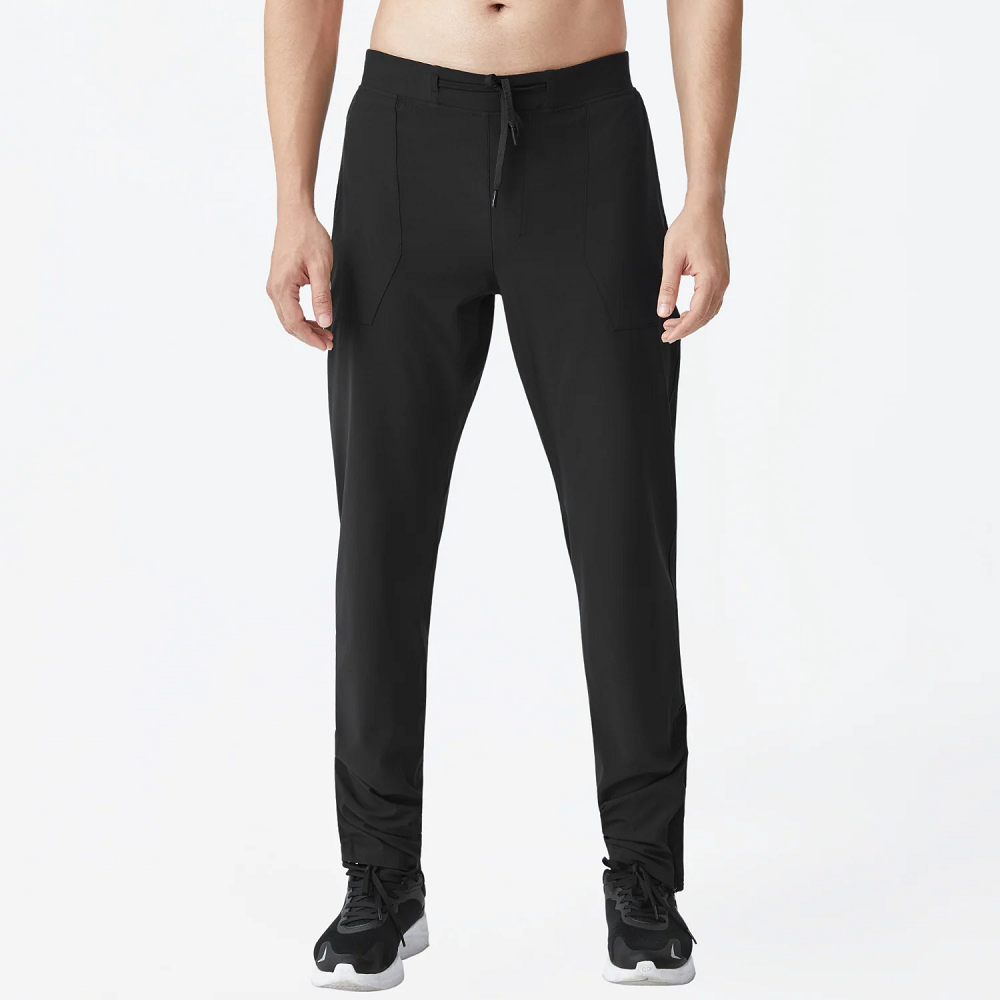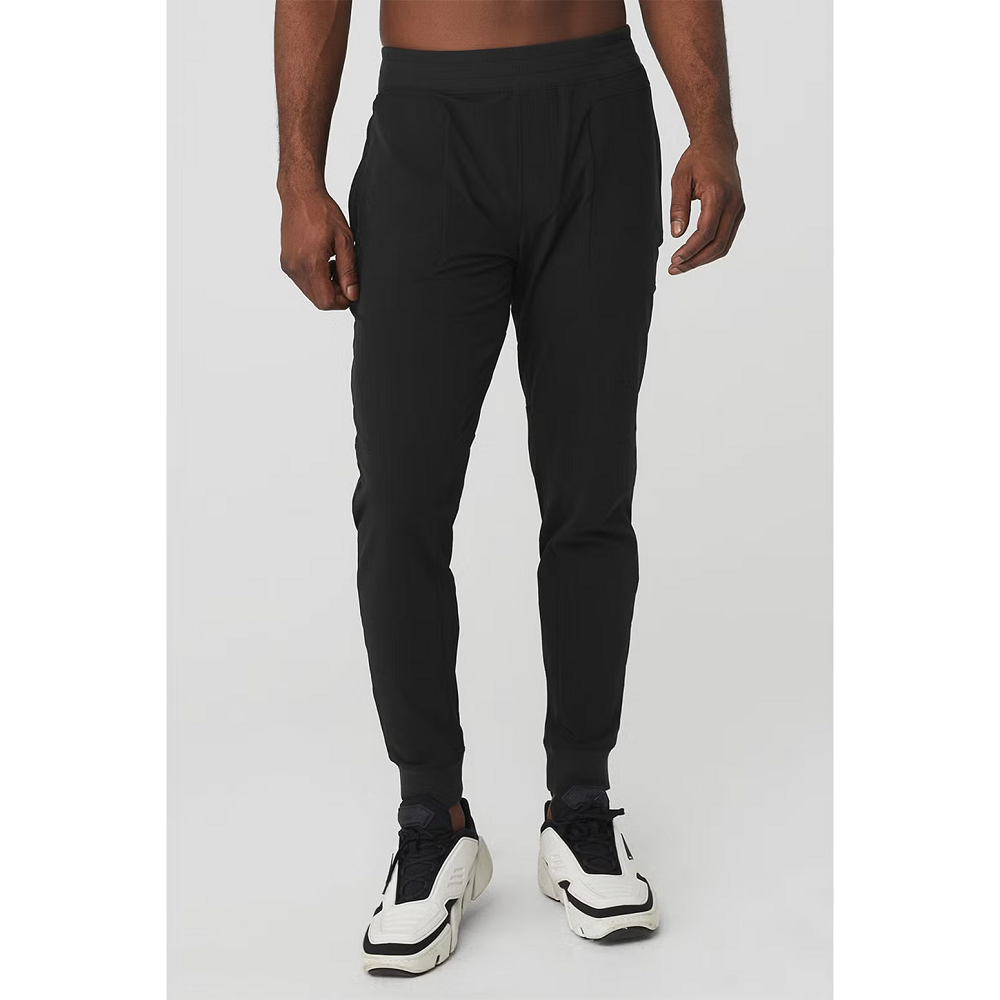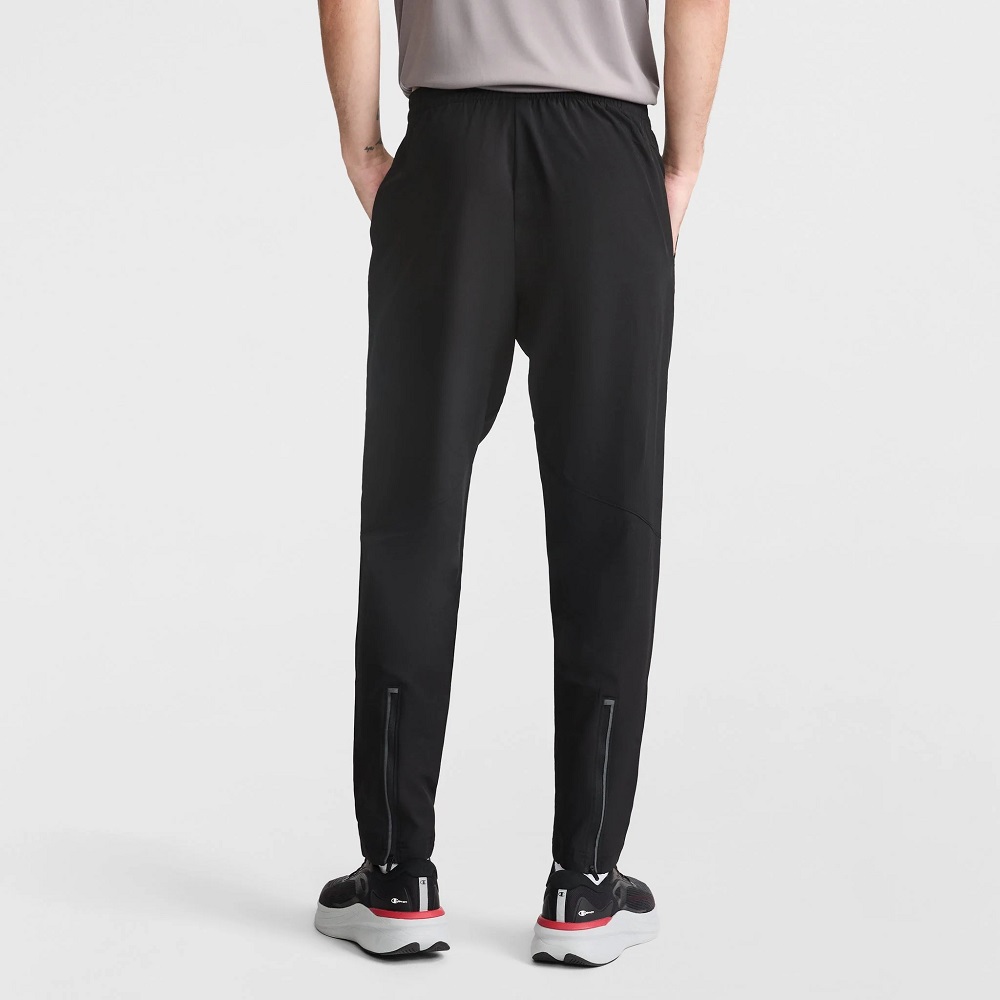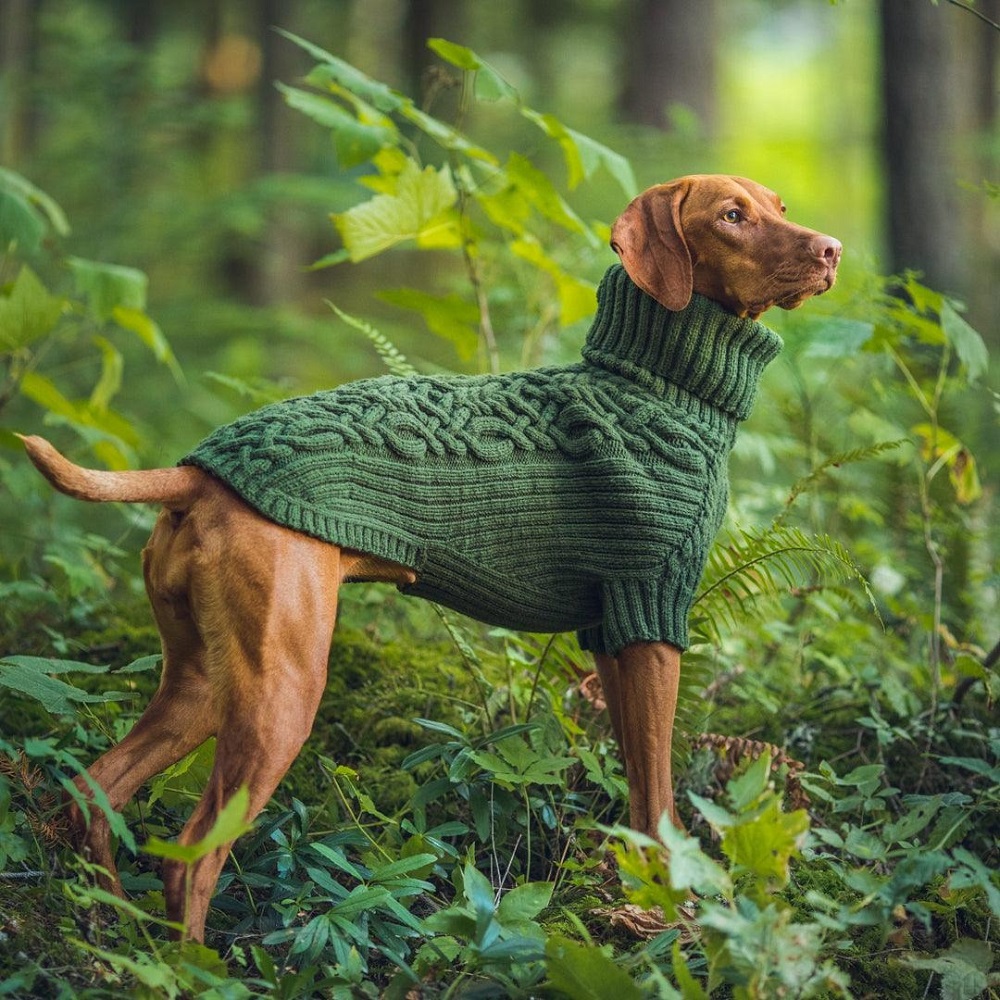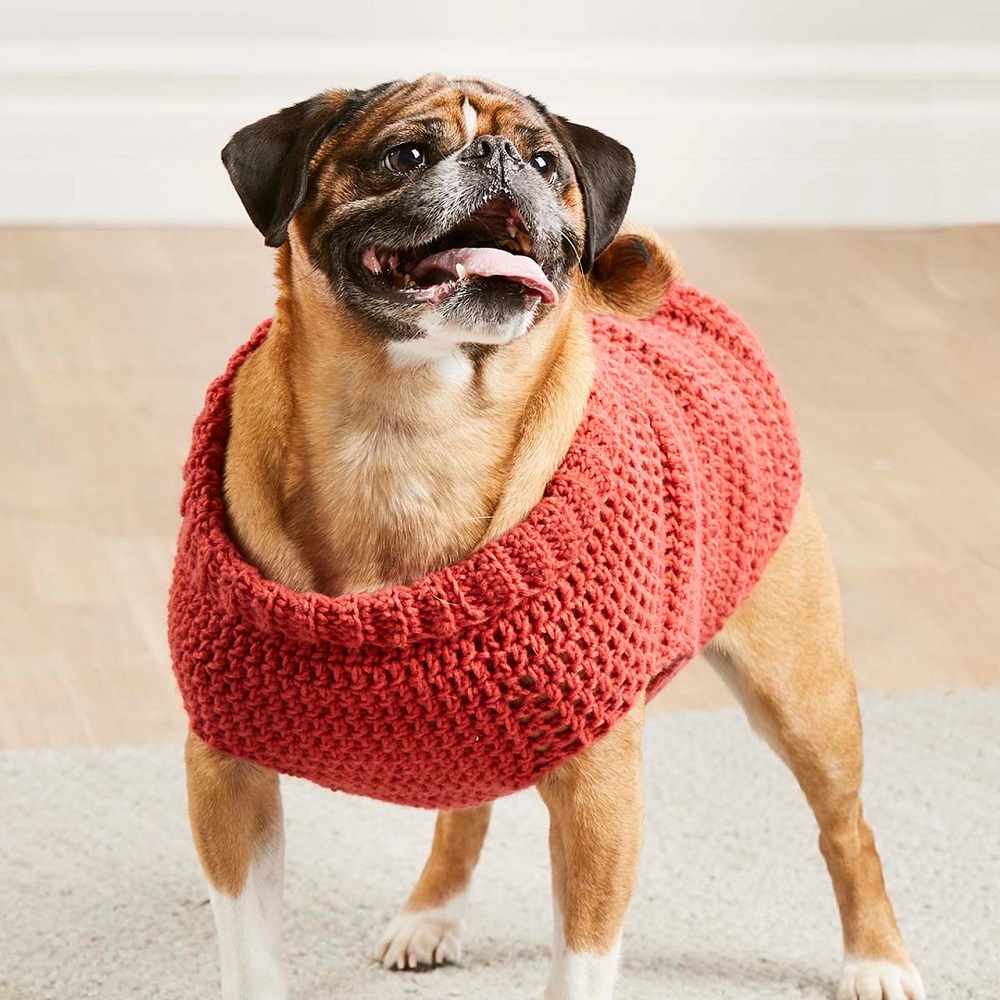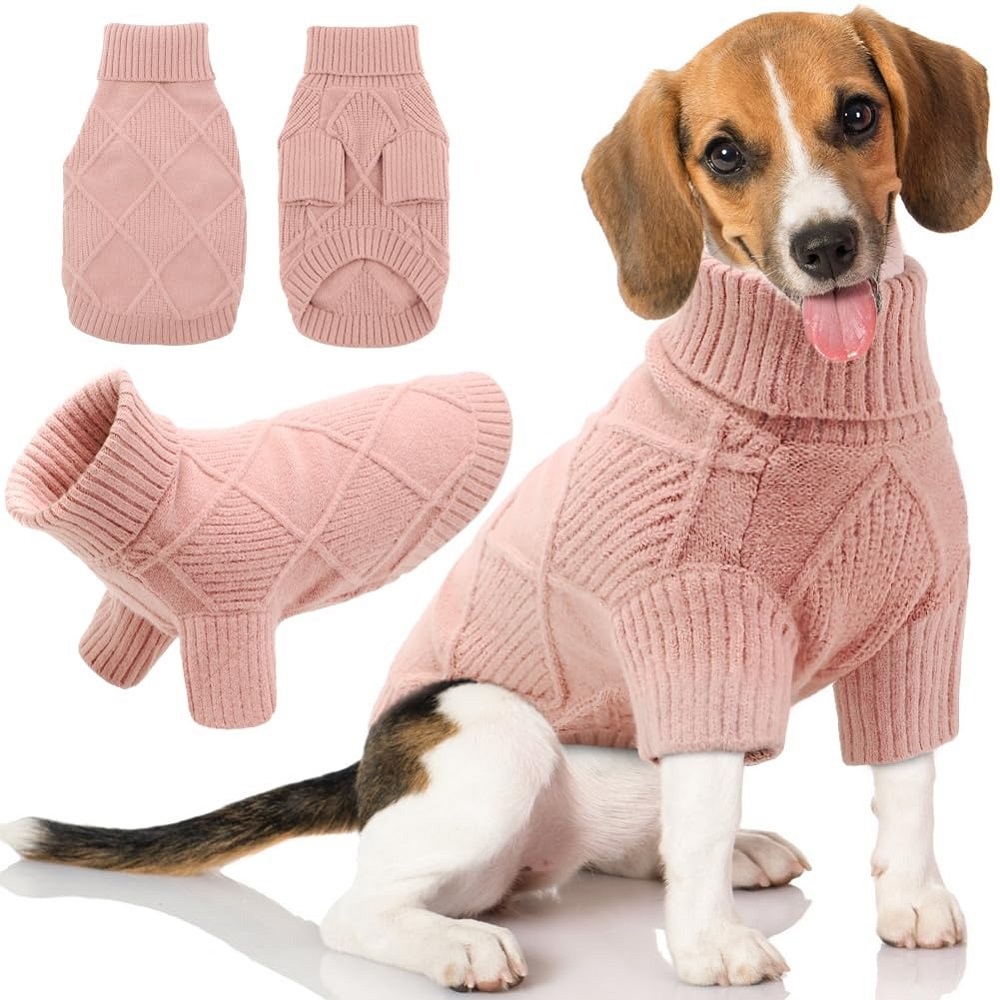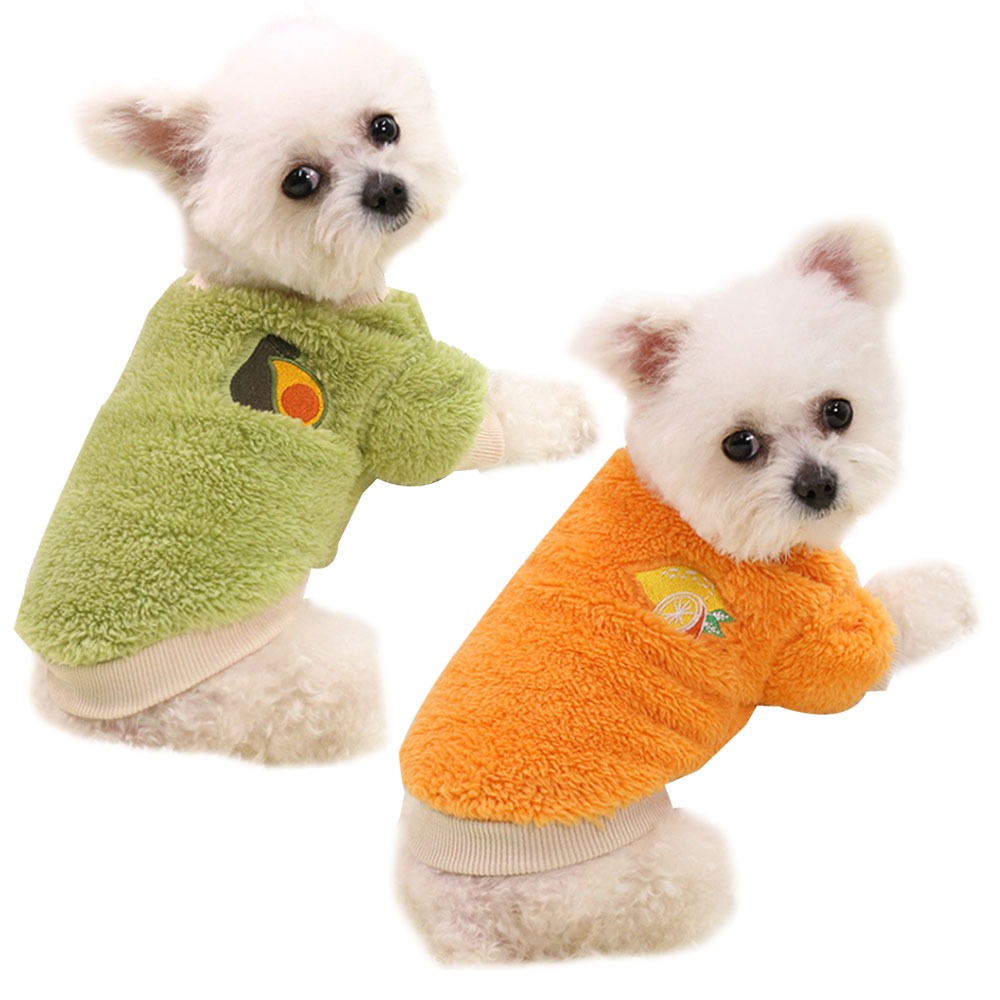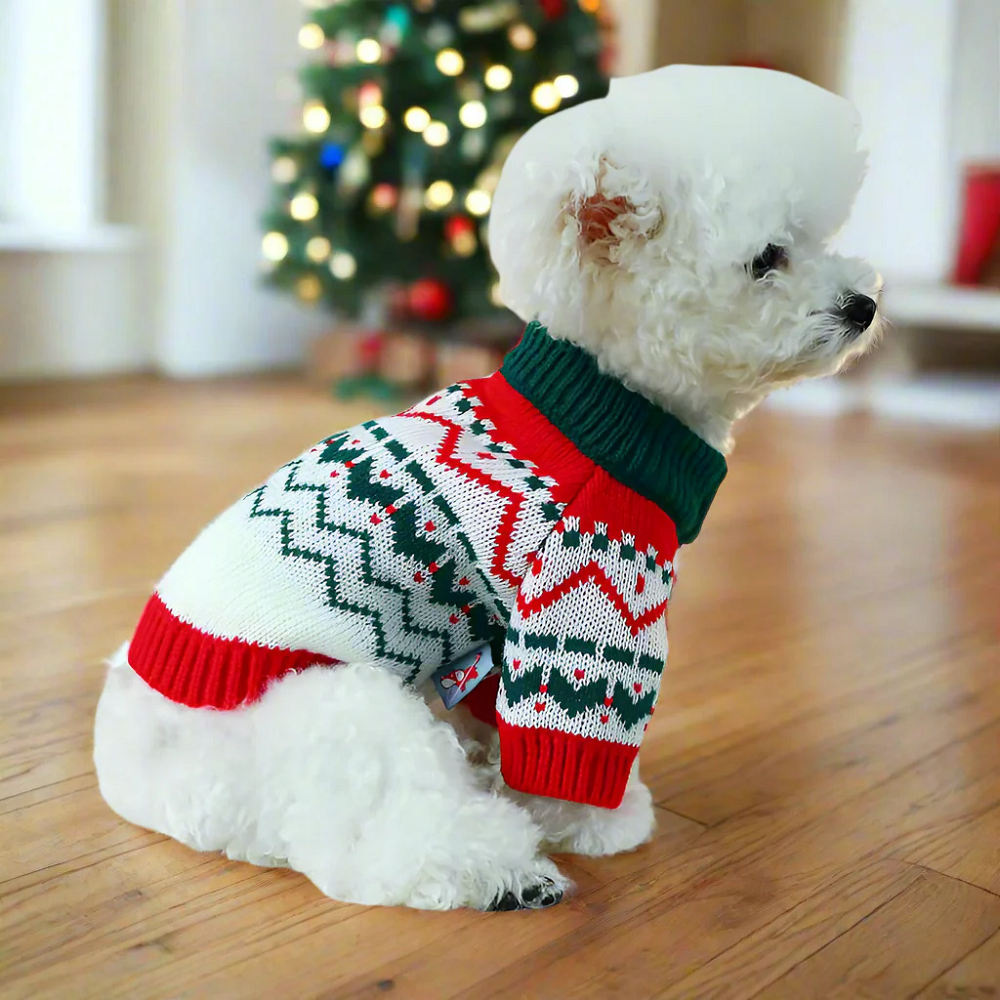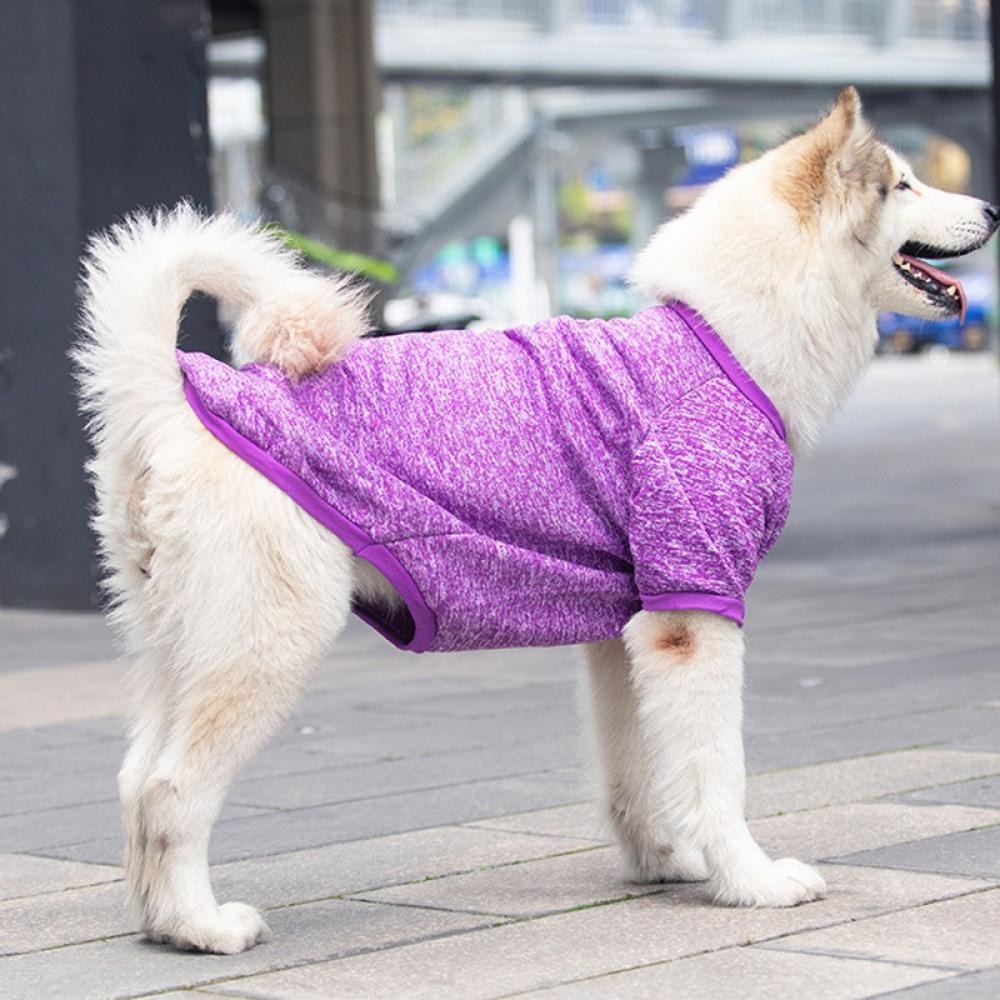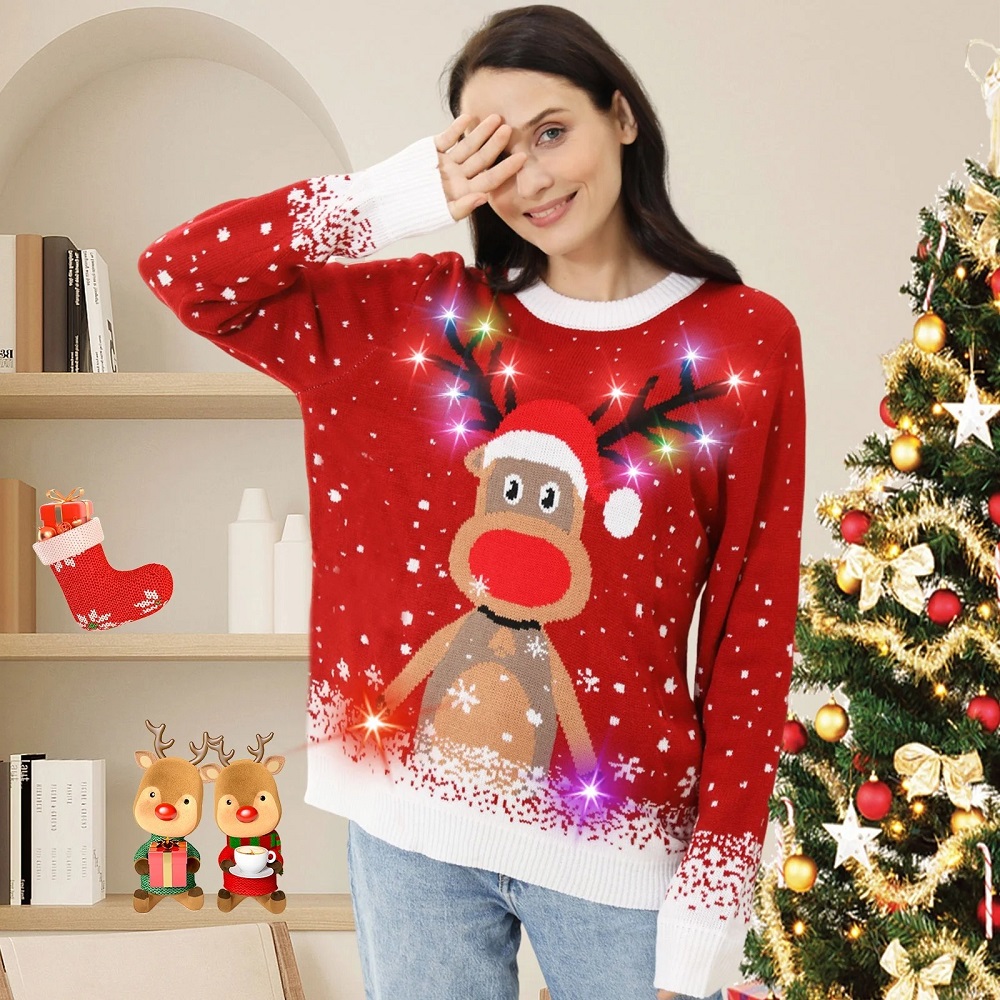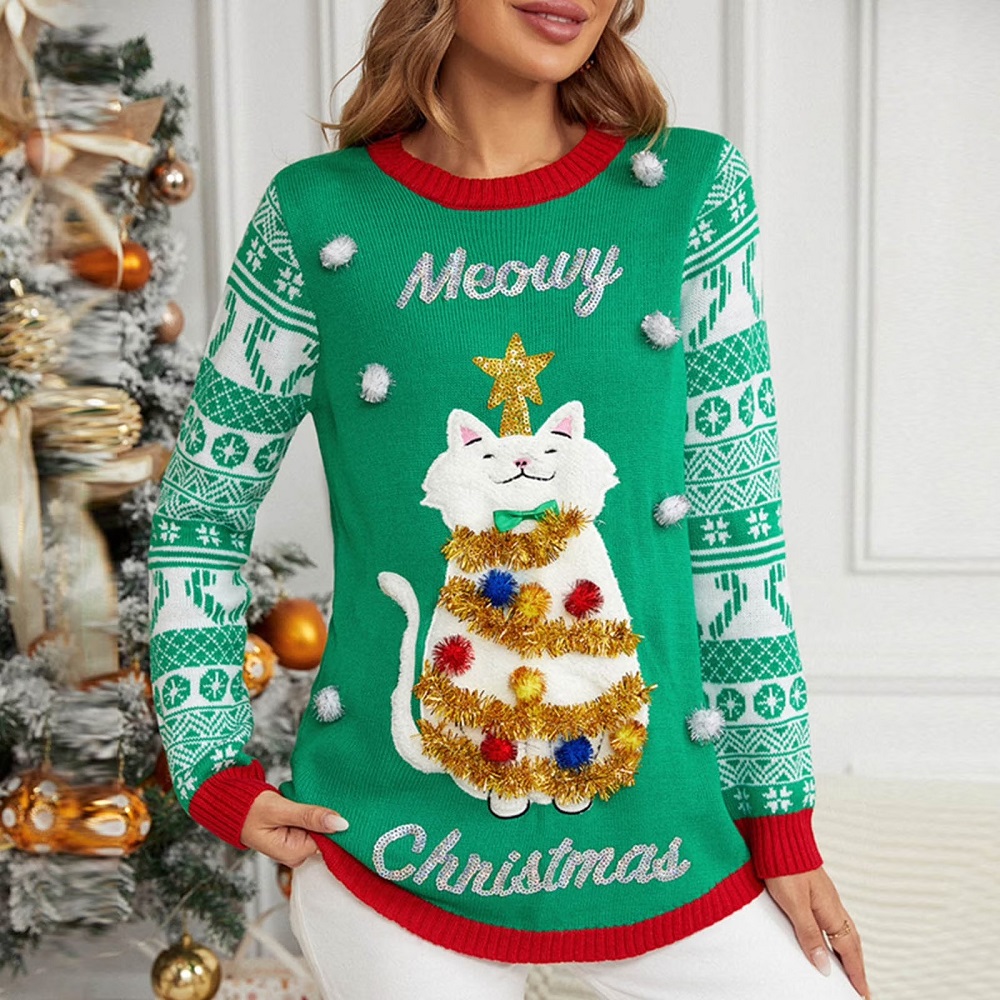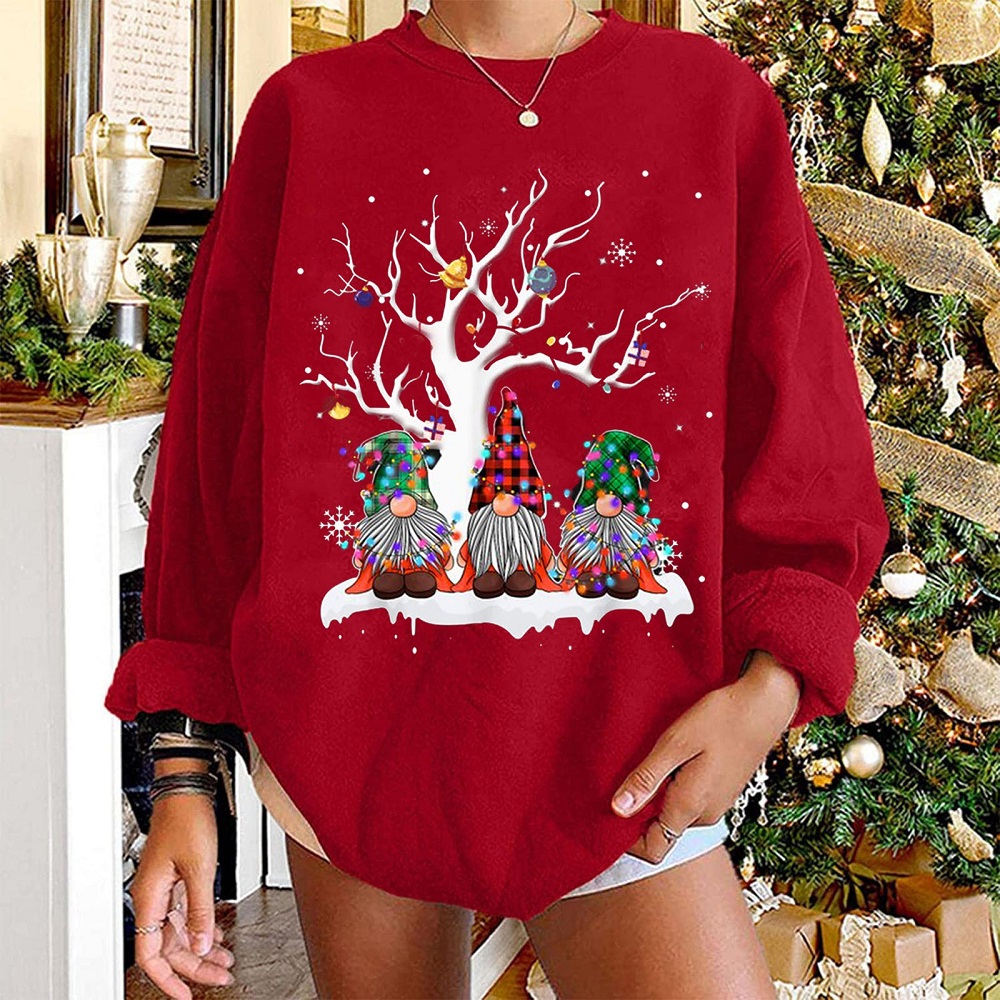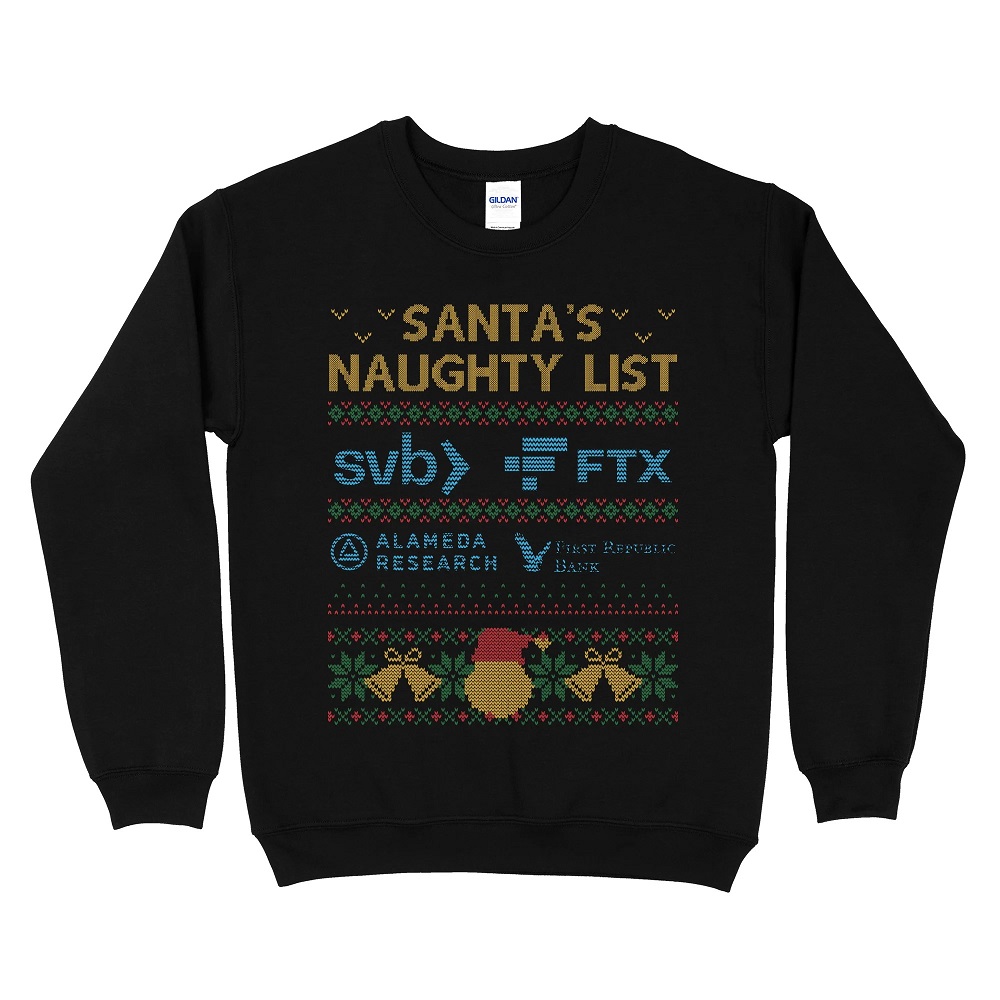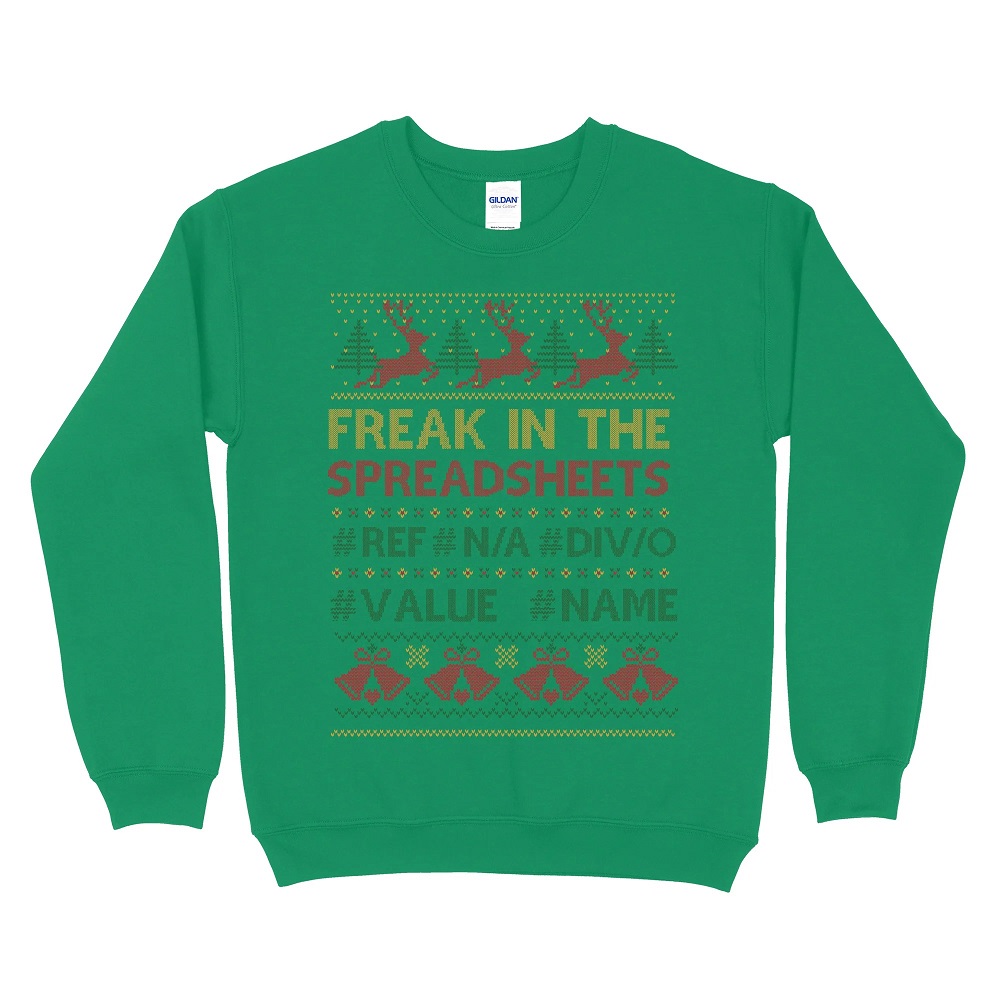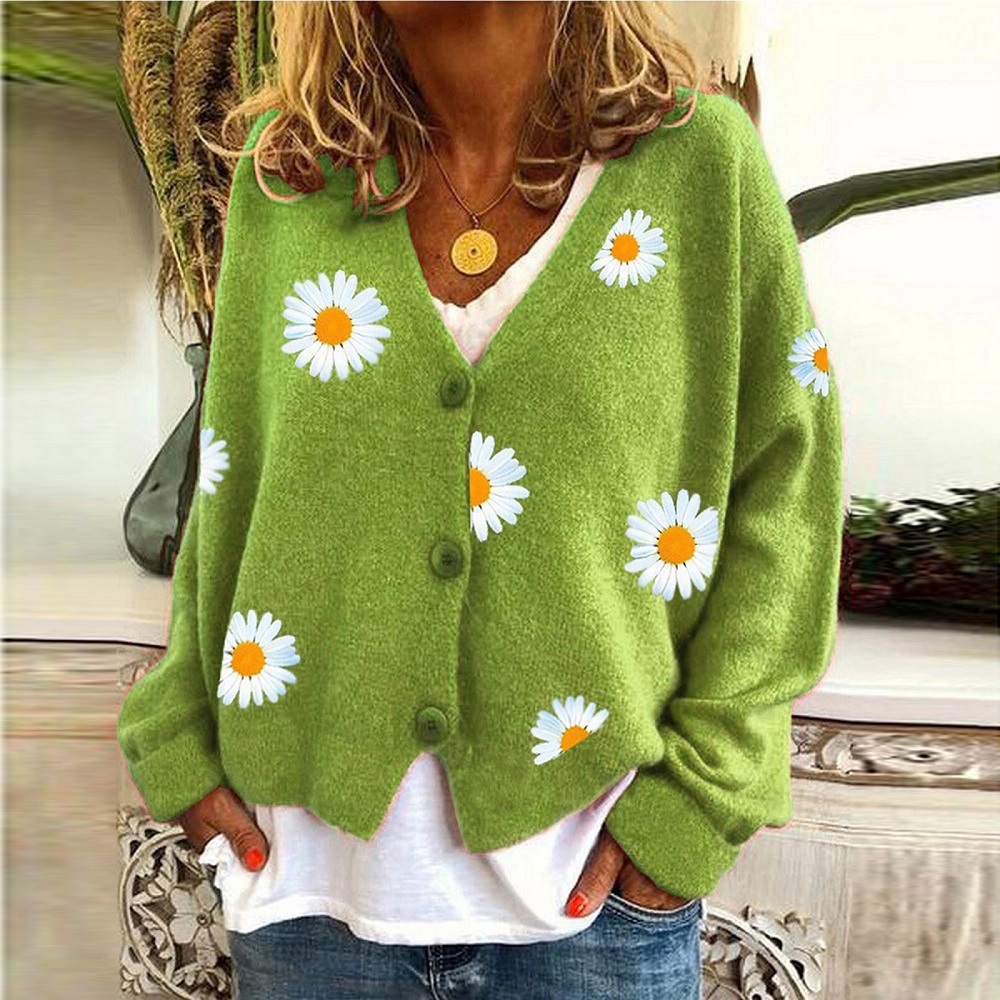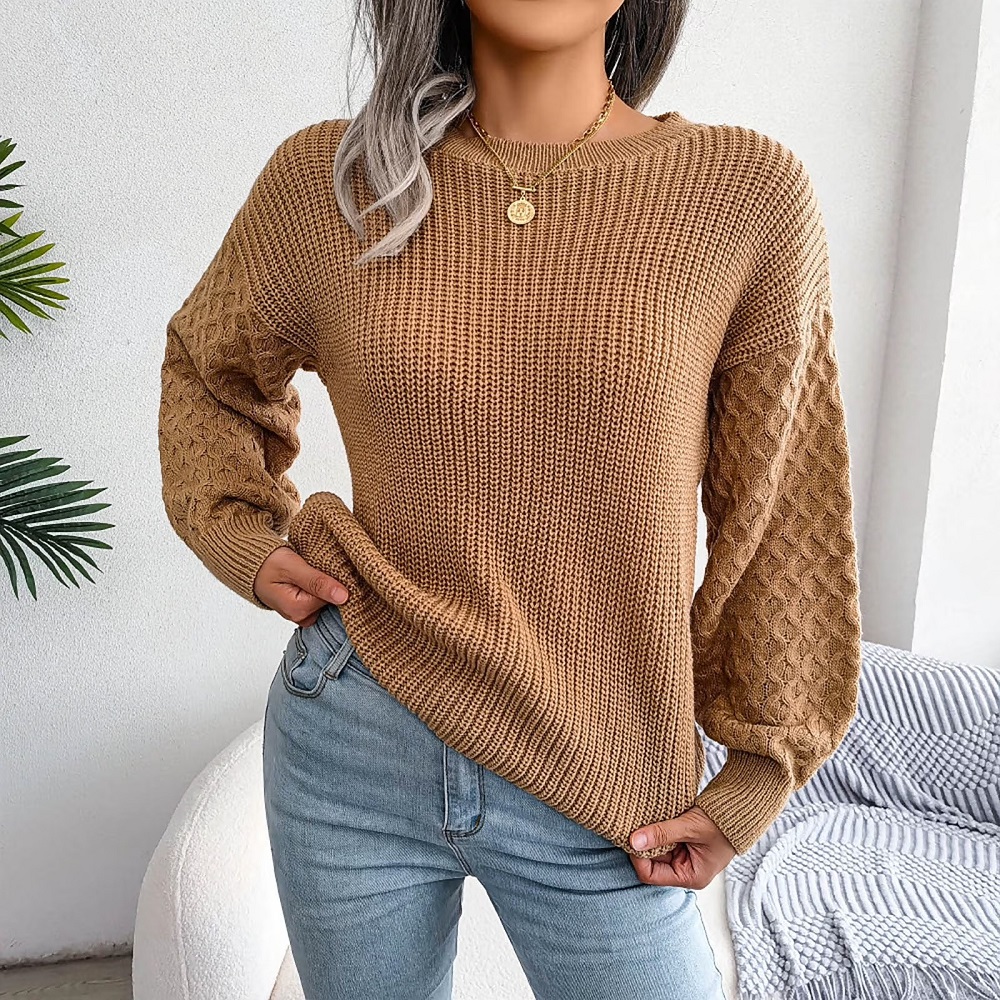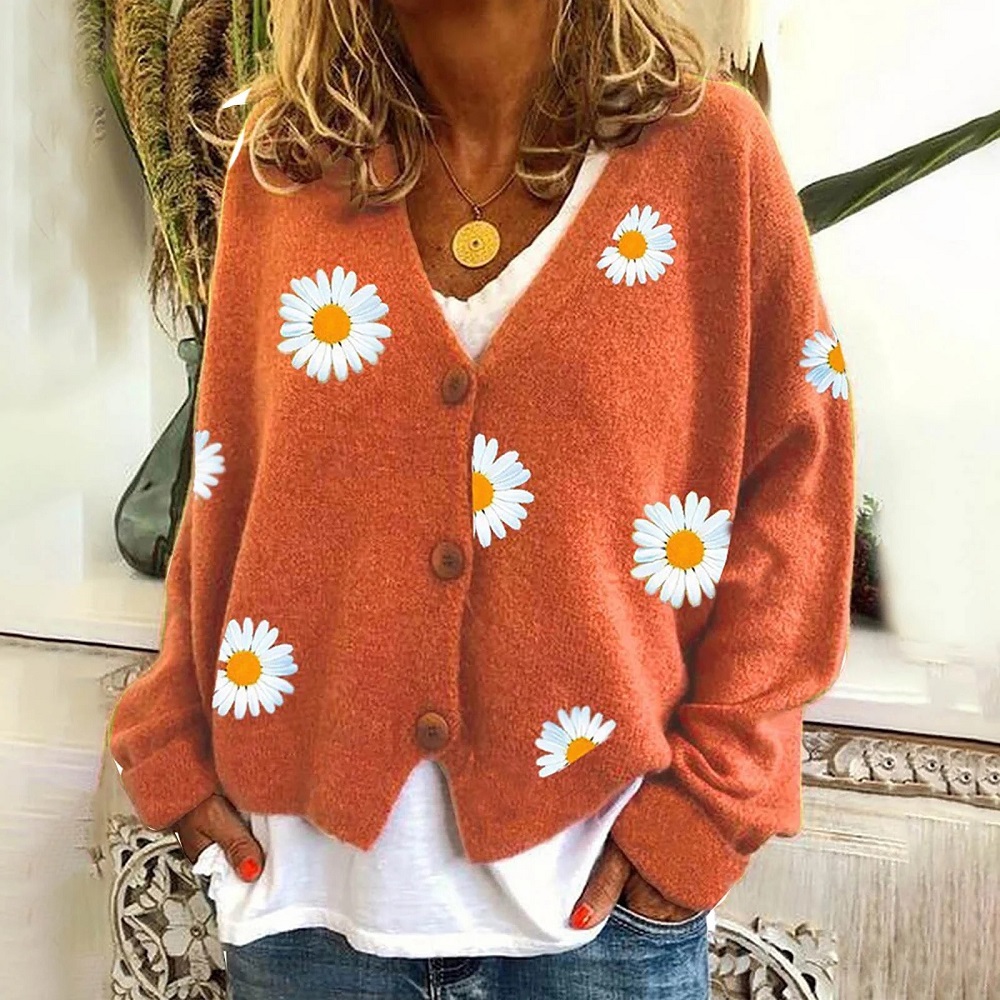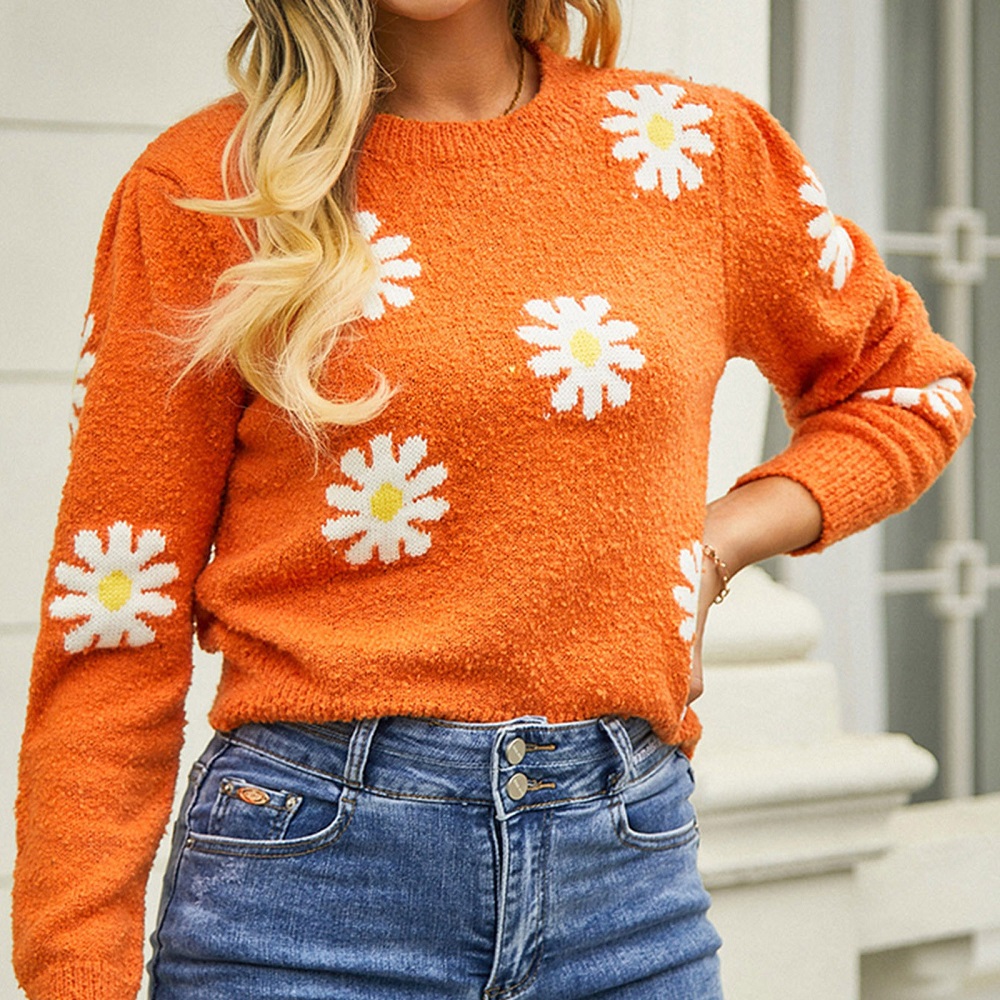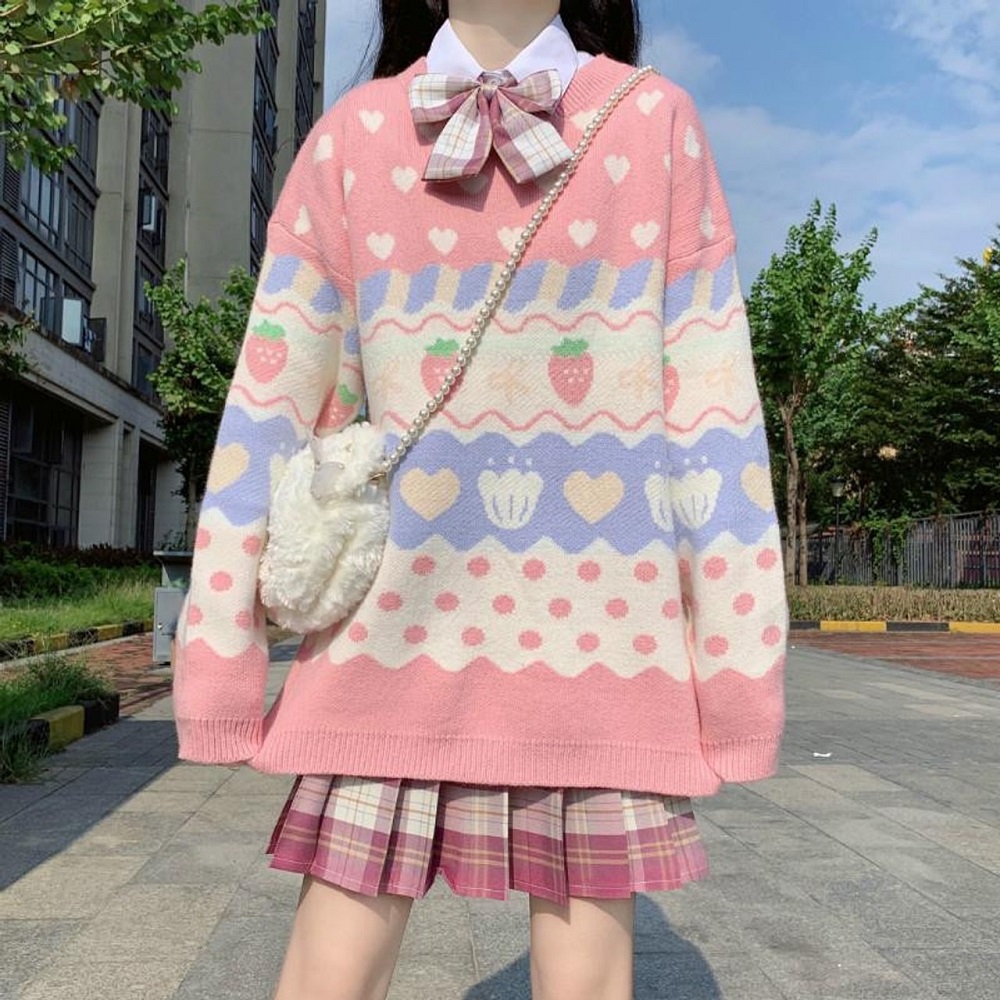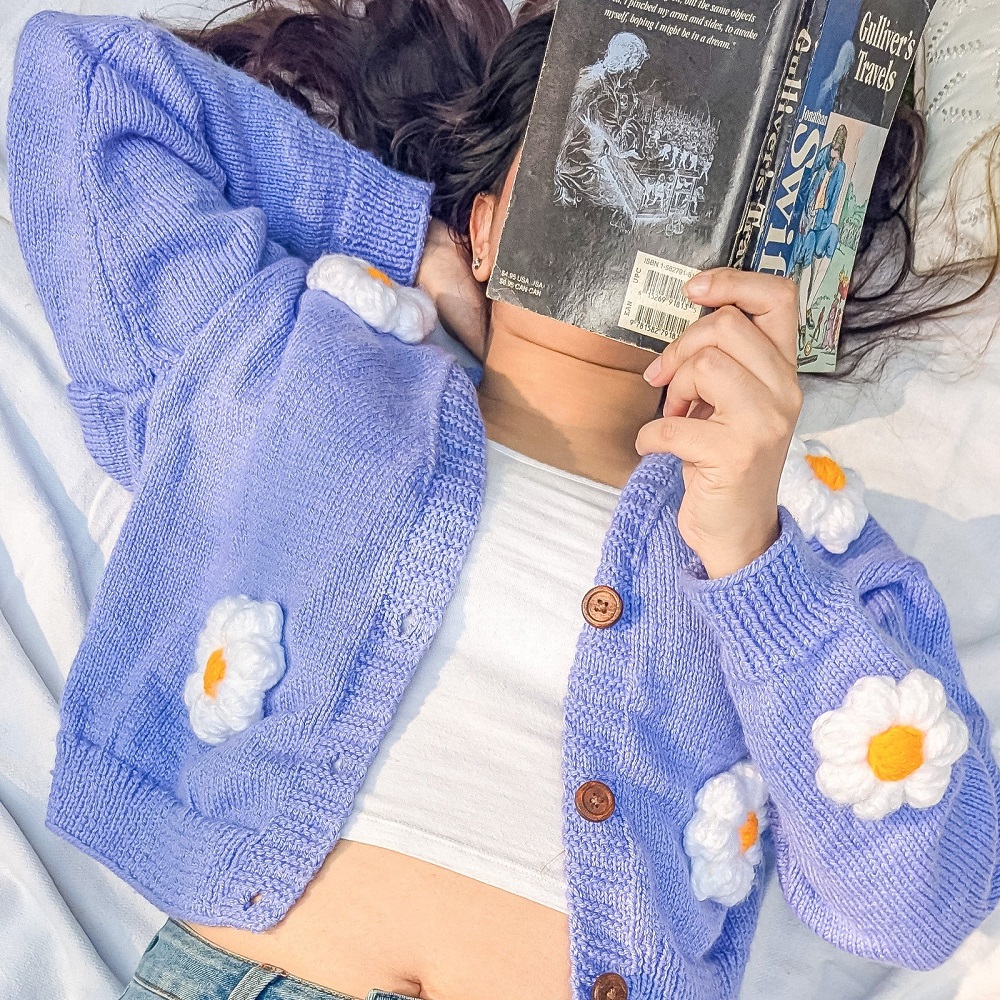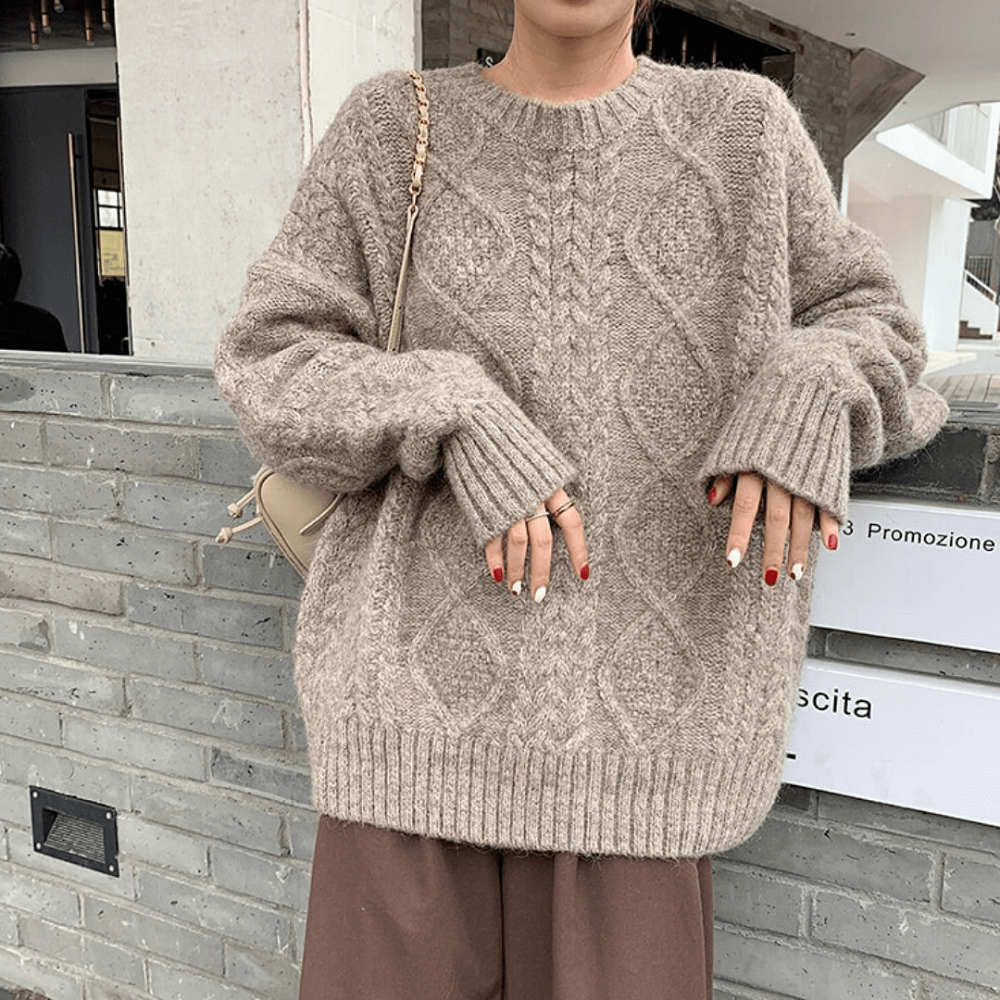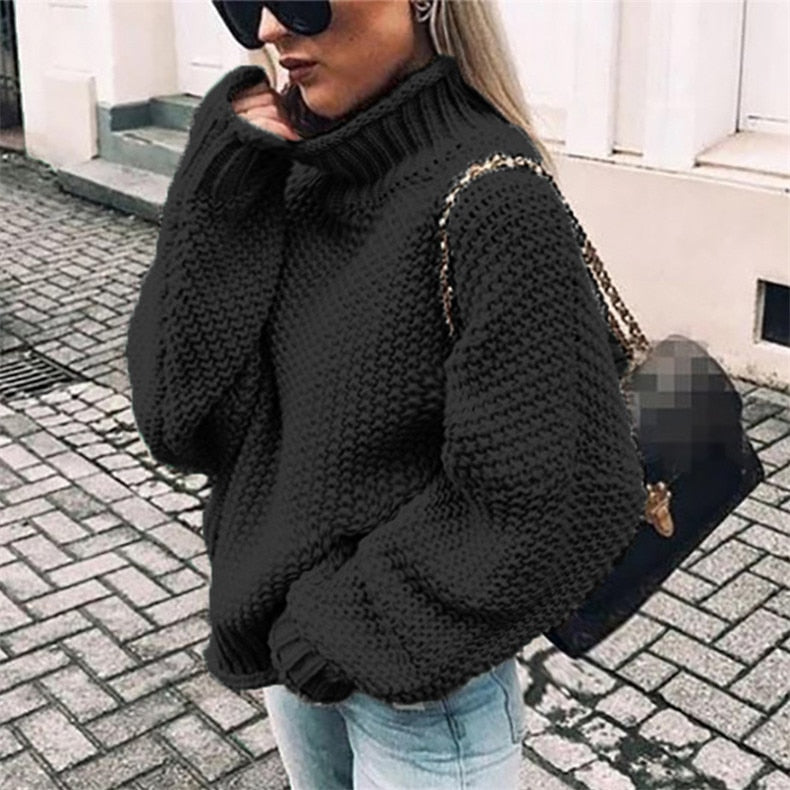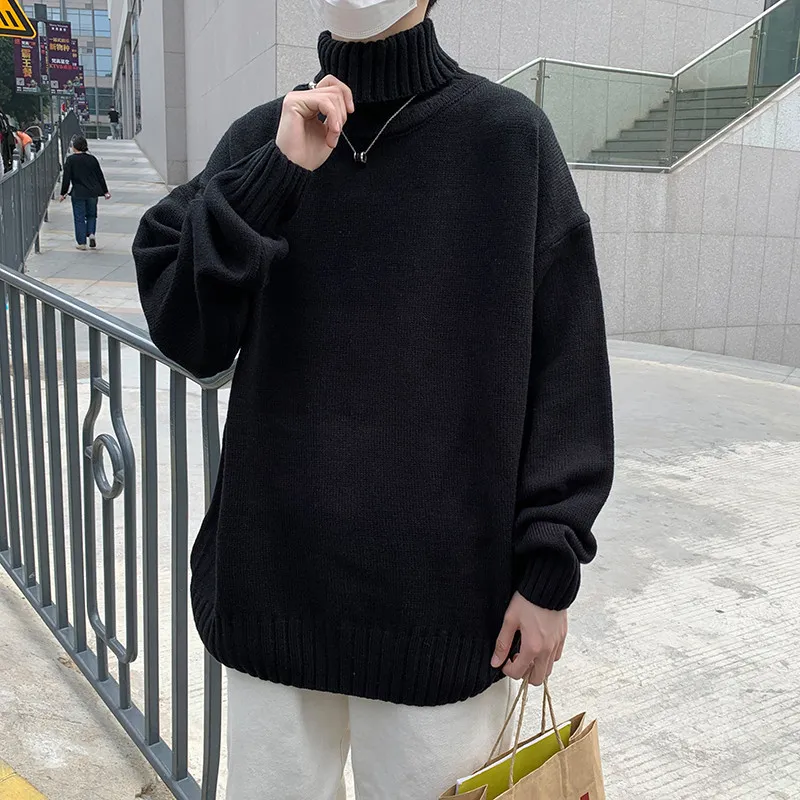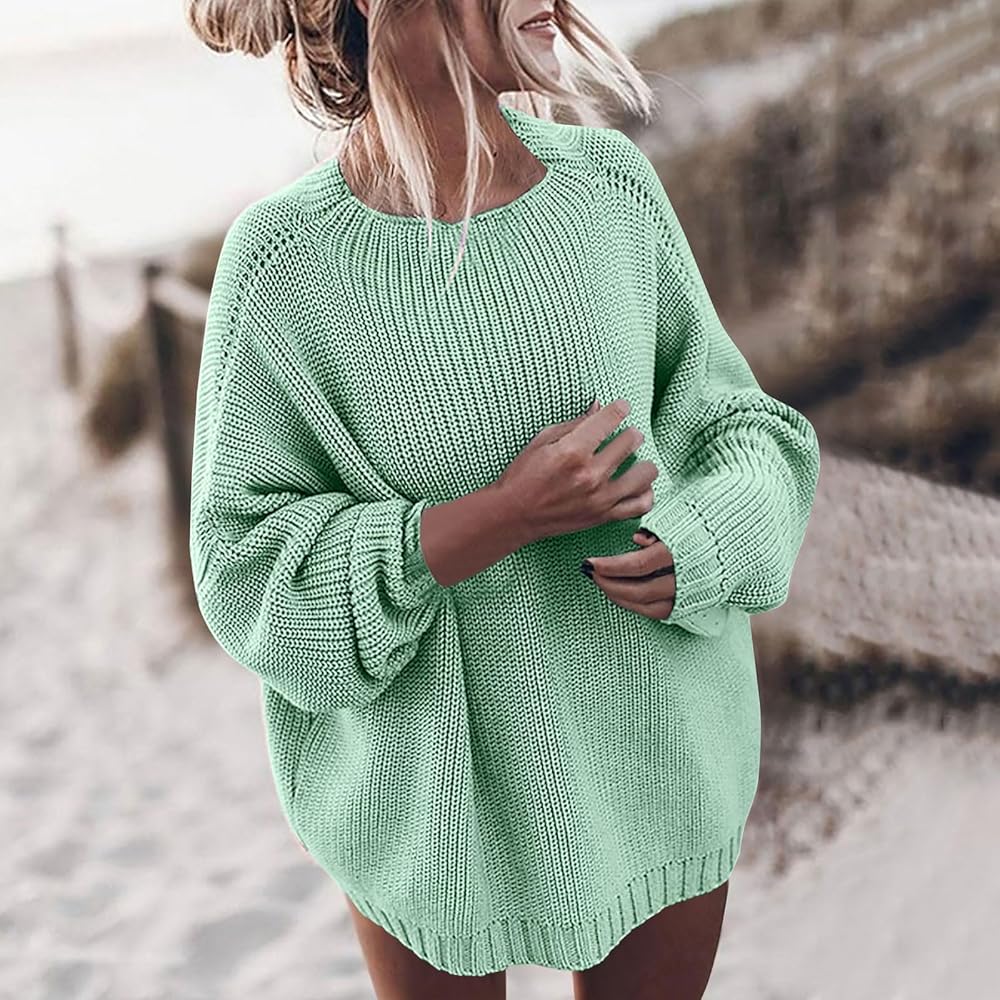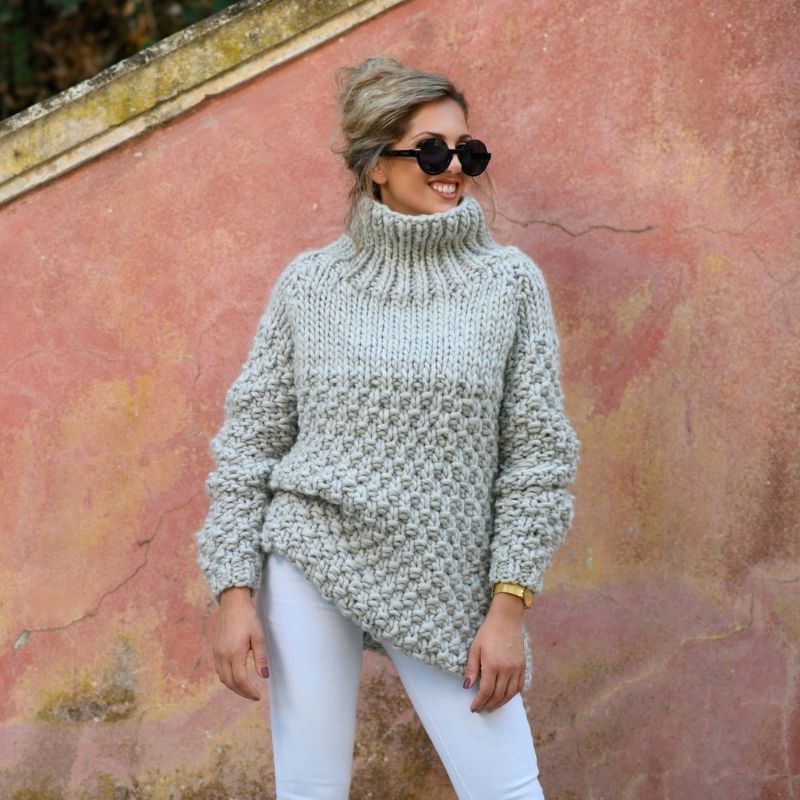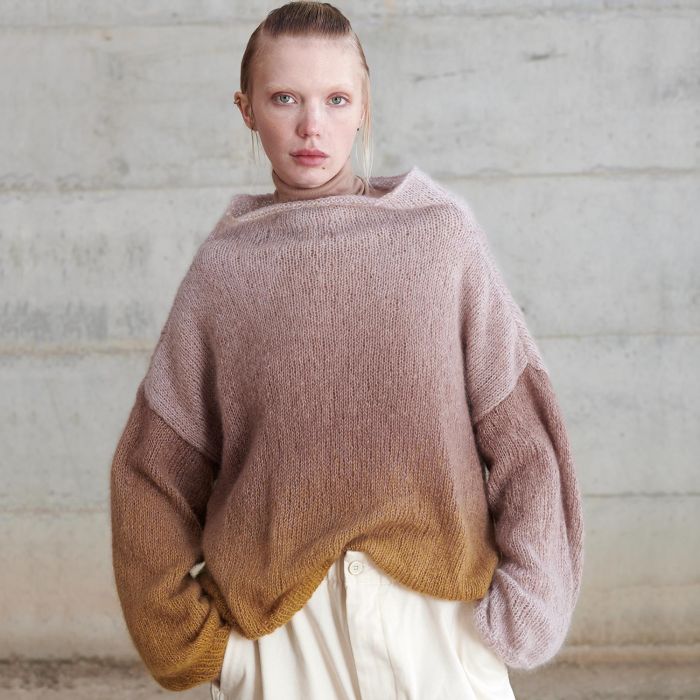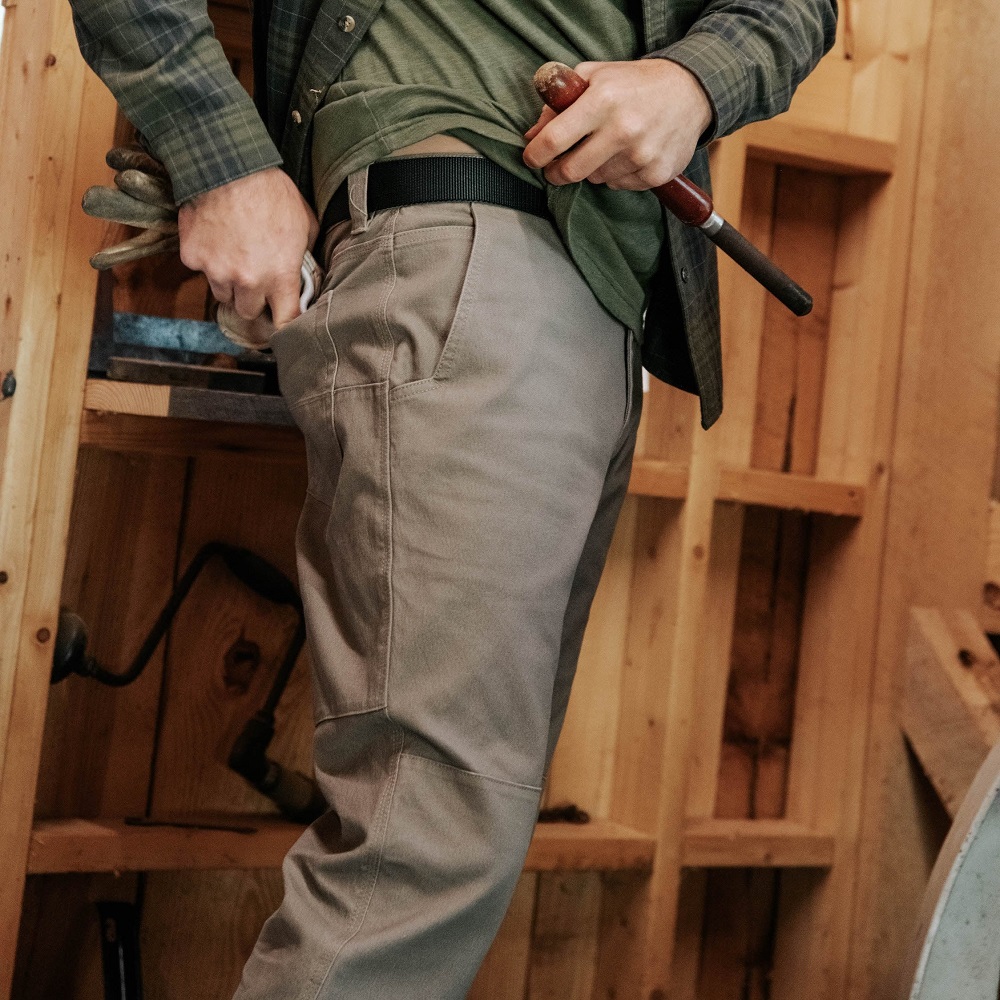
Essential Features of Quality Work Pants
When choosing men’s work pants, focusing on their essential features is crucial. These features ensure durability, comfort, and functionality for any job.
Material Durability and Strength
The durability of work pants depends on their materials. Heavy-duty fabrics like cotton canvas and polyester are excellent choices. These materials resist wear and tear, making them perfect for demanding tasks. Reinforced seams and double stitching further enhance the strength of the pants.
Some pants also come with abrasion-resistant patches on high-stress areas. This feature extends the lifespan of the pants. Work pants made with durable materials can handle rough work environments comfortably.
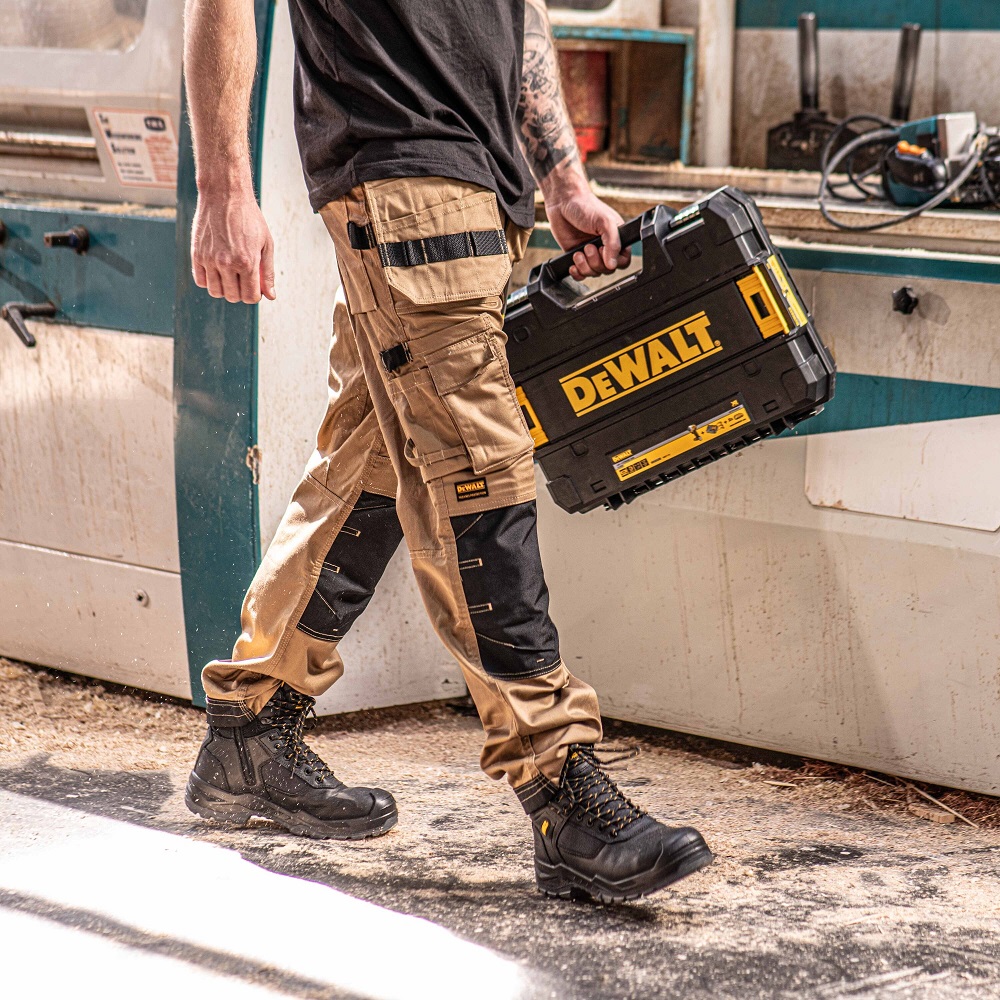
Comfort and Flexibility for Work Environments
Comfort plays a key role, especially during long work hours. Stretchable fabrics provide flexibility in movement. Look for pants with gusseted crotches or articulated knees for added mobility. These designs support bending, kneeling, and climbing without restrictions.
Breathable materials help in keeping cool during hot days. Pants with adjustable waistbands or stretch panels ensure a snug fit. Comfortable work pants reduce fatigue and enhance productivity at the job site.
Storage Options: Pockets and Compartments
Practical storage is essential for tools and personal items. Select work pants with multiple pockets in various sizes. Cargo pants, for example, often feature spacious side pockets for bulky tools.
Dedicated compartments for items like screws, nails, or a smartphone can be a big advantage. Durable zippers, flaps, or Velcro closures keep items secure. The right storage options make working more organized and efficient.
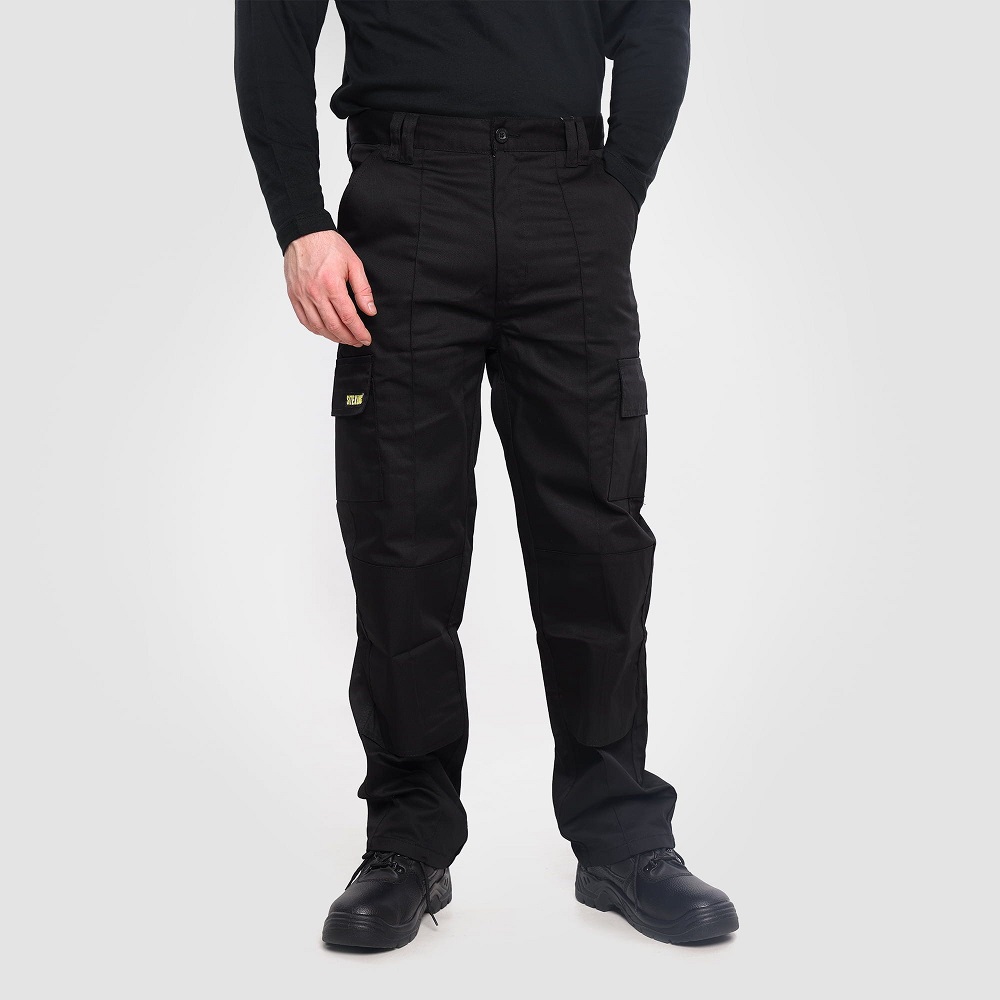
Best Fabrics for Men’s Work Pants
Selecting the right fabric is critical when choosing men’s work pants. Fabrics affect durability, comfort, and adaptability to different tasks. Below, we explore the best choices for work pant materials.
Cotton Canvas and its Benefits
Cotton canvas is a popular choice for tough work environments. It provides excellent strength and durability. This fabric resists heavy wear, making it ideal for construction and outdoor jobs. Cotton canvas is breathable, ensuring comfort during long work hours. Despite its rugged nature, the material is comfortable and soft. It can withstand moisture and dirt with ease. For those who need tough and comfortable pants, cotton canvas is reliable.
Polyester and its Durability
Polyester is well-known for its resistance to shrinking and stretching. It stands firm against abrasions and tough conditions. This fabric is lightweight yet durable, making it great for demanding tasks. Polyester dries quickly, which is useful in wet environments or sweaty jobs. It is easy to clean and maintain compared to other fabrics. Workers who need durable and low-maintenance pants often prefer polyester.
Blended Fabrics for Multi-Use Workwear
Blended fabrics combine the strengths of different materials. Common blends include cotton-polyester or nylon-spandex. These combinations provide durability, flexibility, and comfort. Cotton-polyester blends offer breathability and toughness. Nylon-spandex blends deliver stretch and mobility for active tasks. Blended fabrics adapt well across various work conditions, making them versatile. For multipurpose use, blended fabrics strike the perfect balance.
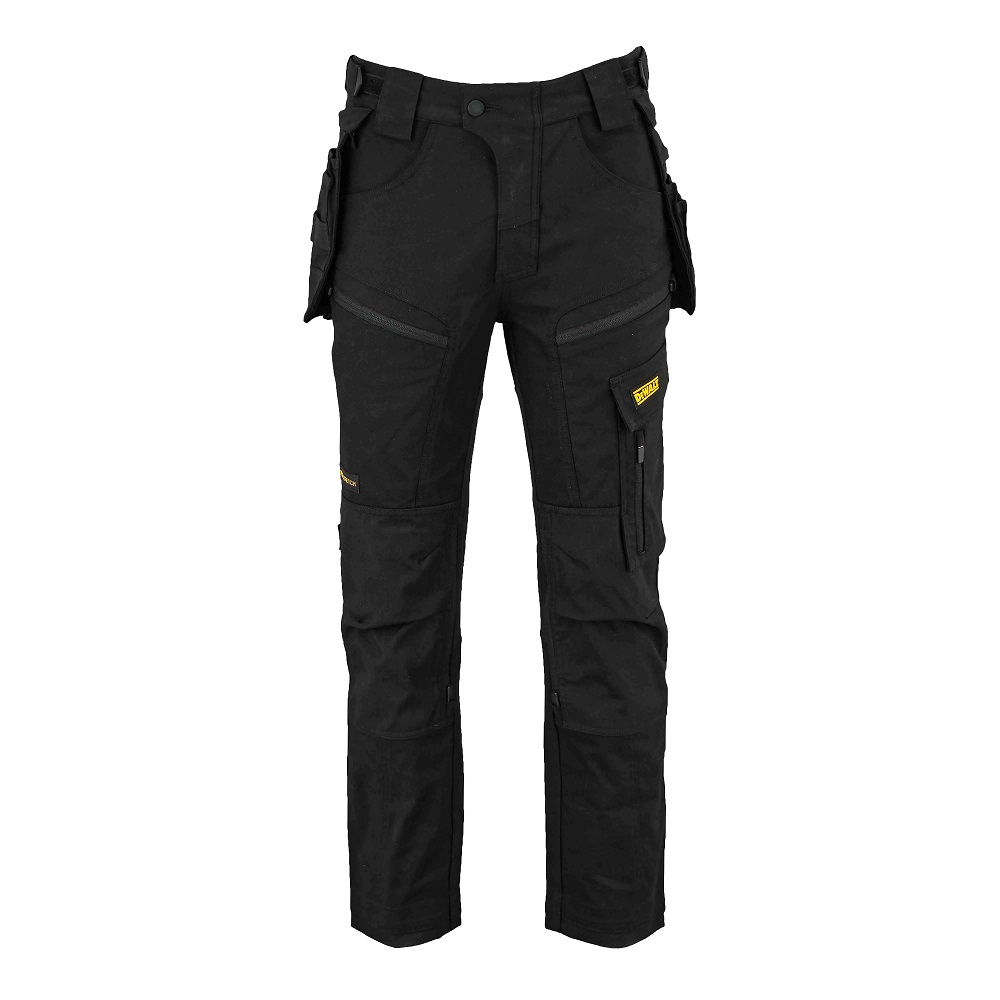
Styles of Work Pants for Different Jobs
Choosing the right style of men’s work pants is essential for comfort and job efficiency. Various styles cater to different tasks and environments. Let’s explore the most practical options for diverse roles.
Cargo Pants for Heavy-Duty Tasks
Cargo pants are ideal for demanding jobs that require durability and storage. These pants feature reinforced stitching and rugged fabrics like cotton canvas or polyester. Their multiple pockets, including cargo-style side pockets, offer ample storage for tools and small accessories. For construction or outdoor work, cargo pants provide practicality and toughness.
Slim-fit Work Pants for Office and Field
Slim-fit work pants balance professional looks and functionality. These pants are suited for those who split time between office work and field tasks. Stretch fabrics like nylon-spandex blends give slim-fit pants mobility while maintaining a neat appearance. Lightweight materials ensure comfort, while minimal pocket designs keep them sleek yet functional.
Relaxed Fit for Construction Work
Relaxed fit pants prioritize comfort and movement for physically demanding tasks. These pants often feature loose cuts and gusseted crotches, making bending and kneeling easier. Cotton-polyester blends and heavy-duty fabrics handle rough surfaces effectively. Workers who require room for motion while using tools opt for relaxed-fit pants for construction and heavy-duty projects.
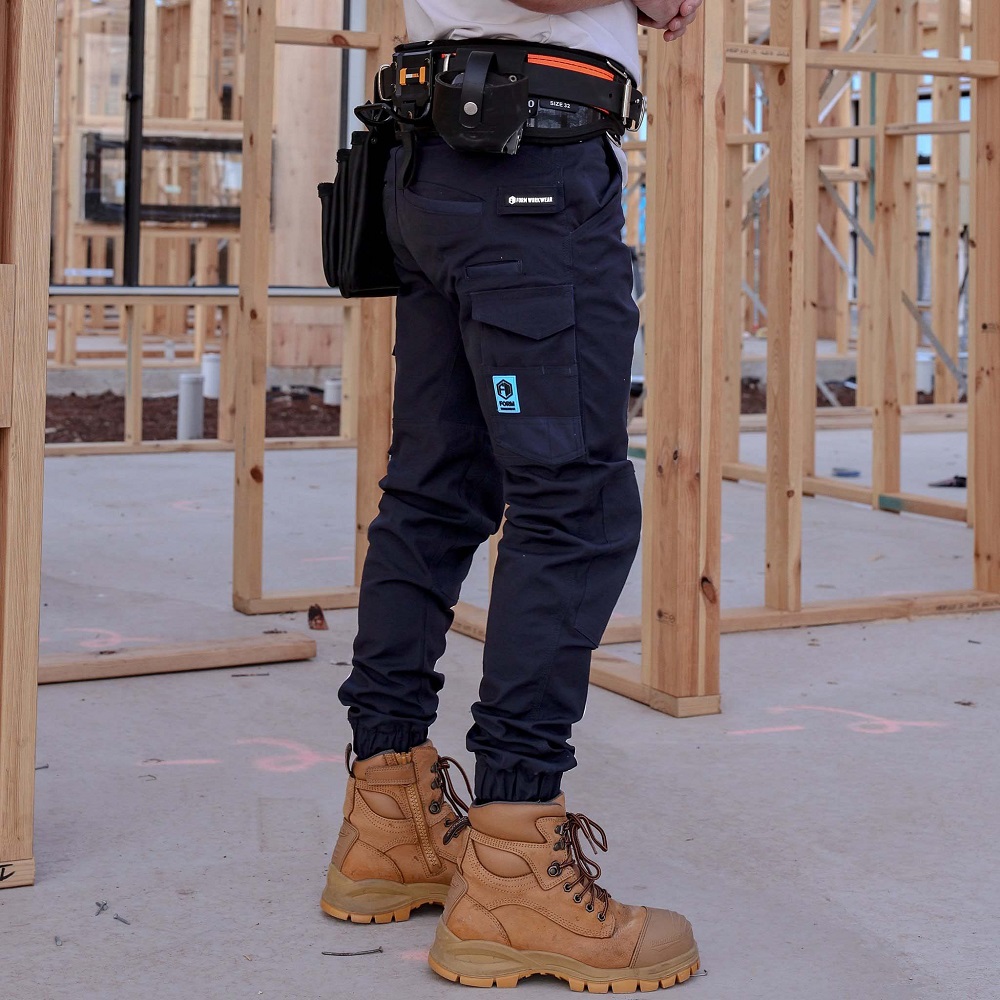
Top Brands Offering Reliable Work Pants
Choosing the right brand for men’s work pants is essential for both durability and comfort. Here are some top brands known for their reliable workwear options.
Carhartt: Rugged and Durable Options
Carhartt is a trusted name for rugged and durable work pants. Their products are made with heavy-duty materials like cotton canvas and polyester. Carhartt pants feature reinforced seams and double stitching for maximum strength. Many styles include multiple pockets for tool storage and abrasion-resistant patches for added longevity. Carhartt is ideal for construction, outdoor tasks, and tough work environments.
Dickies: Affordable and Sturdy Choices
Dickies offers work pants known for affordability and sturdiness. These pants are designed with durable fabrics that can handle daily wear and tear. Dickies focuses on maintaining comfort with relaxed fits and breathable materials. Their pants often include practical features like easy-clean fabrics and secure pockets. Dickies suits workers looking for reliable and budget-friendly options.
Wrangler: Versatile and Comfortable Workwear
Wrangler combines versatility and comfort in their work pants. They use blended fabrics like cotton-polyester and spandex for durability and flexibility. Wrangler designs pants for workers who need easy movement during bending or climbing. Their styles often balance professional looks with functional features like storage compartments and stretch panels. Wrangler is perfect for multipurpose jobs and diverse work conditions.
Tips for Choosing the Right Work Pants
Selecting the right men’s work pants is key for efficiency and comfort on the job. Consider these tips to make the best choice.
Matching Pants to Job Requirements
Choose pants based on your work environment and tasks. For heavy-duty work like construction, opt for cargo pants with tough fabrics such as cotton canvas. Office and field jobs may require slim-fit pants that offer a polished look and mobility. Relaxed-fit options work well for physically demanding roles, providing room for movement. Always match features like durability, storage, and comfort to your job’s needs.
Considering Climate and Weather Conditions
Work environments with varying climates demand suitable fabric choices. For hot or humid areas, choose breathable materials like cotton or lightweight blends. In colder conditions, thicker fabrics such as cotton-polyester provide warmth and durability. Quick-dry options like polyester work well in wet environments. Certain jobs might also require weather-resistant coatings for rain or snow. Adapting to the weather ensures comfort and performance.
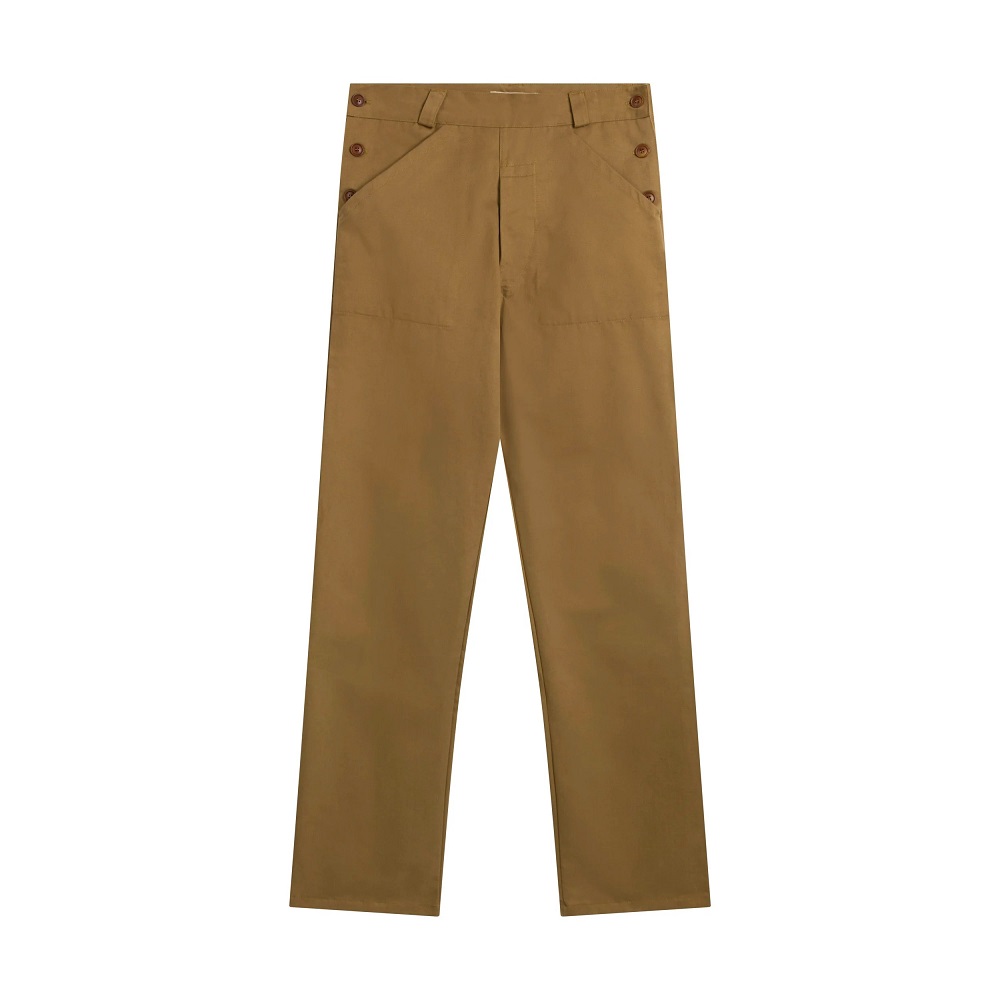
Ensuring Proper Fit and Mobility
A proper fit is essential for easy movement on the job. Look for pants with features like stretch panels or gusseted crotches. These additions enhance mobility, especially for bending or kneeling tasks. Ensure the waist fits snugly, but not too tight. Adjustable waistbands can provide added flexibility. Avoid overly loose or tight pants, as they can hinder movement and comfort. The right fit improves productivity and reduces fatigue.
Maintaining Your Work Pants for Longevity
Proper maintenance of men’s work pants ensures extended usability and durability for daily wear. Below are some practical tips to keep your work pants in excellent condition.
Washing and Care Guidelines
Follow label instructions for washing work pants. Wash using appropriate water temperature and gentle detergents. Avoid heavy bleach as it damages fabrics. Choose stain removers for tough stains. Air-drying helps preserve fabric strength. For machine drying, use low-heat settings to avoid shrinking. Regular cleaning prevents dirt buildup and prolongs fabric performance.
Repairing Minor Tears and Damages
Repair small tears immediately to stop them from spreading. Use fabric patches or sewing for easy fixes. Reinforce damaged areas with strong thread and needle. Adhesive patches work well for quick repairs. For ripped seams, double-stitching improves strength. Prompt repairs save your pants and avoid costly replacements.
Upgrading When Necessary
Watch for signs like excessive wear, faded fabric, or broken zippers. When pants lose functionality or comfort, it’s time to upgrade. Replace old pairs with durable options from trusted brands. Ensure new pants match job requirements and fit properly. Regular upgrading maintains efficiency and supports job performance.
Exploring Customization Options
Personalized Fit and Style
As workwear continues to evolve, customization options for men’s work pants are gaining traction. Many brands now offer tailored fits, allowing individuals to choose specific measurements that cater to their body shapes. Customizing waist sizes, inseam lengths, and even leg styles ensures that you receive pants made just for you. Personalization does more than improve comfort; it enhances confidence when you step onto the job site or into the office.
Unique Design Features
Customization also extends to design features. Many manufacturers provide options to select color, fabric pattern, and additional elements such as pockets and reinforcements. This level of personalization allows men to select pants that meet their specific job requirements while reflecting their style preferences. Such bespoke options create an intimate connection with the workwear, as it becomes an extension of personal aesthetics alongside functionality.
Choosing Functional Additions
Incorporating functional features is another exciting aspect of custom work pants. Options like reinforced knees, waterproof materials, or built-in knee pads can be included based on job demands. This approach ensures that the pants meet specific performance criteria while allowing for personal flair. The balance between functionality and style is crucial for modern workers who want to look sharp without sacrificing comfort or practicality.
The Environmental Impact of Durable Work Pants
Sustainability in Fabric Choices
Sustainability has emerged as a priority in the fashion industry, and men’s workwear is no exception. Many manufacturers are now producing work pants using sustainable materials and processes. Fabrics made from organic cotton, recycled polyester, or bamboo reduce environmental impact while still providing durability. Choosing sustainable options helps men contribute to a healthier planet and promotes responsible consumer behavior.
Ethical Production Practices
Beyond materials, the practices used to create work pants are also crucial. Many brands are putting emphasis on ethical production practices, ensuring that workers are treated fairly and paid appropriately. Supporting companies with a commitment to ethical labor practices not only fosters positive work environments but also encourages others in the industry to adopt similar standards. Men can feel good about their clothing choices, knowing they support brands that prioritize human rights.
Longevity as a Sustainable Choice
Investing in high-quality work pants aligns effectively with sustainability goals. Durable clothing reduces the need for frequent replacements, minimizing waste over time. When pants are designed to last for years, they contribute to a more sustainable wardrobe. By focusing on quality rather than quantity, men can enhance their work attire while being responsible stewards of the environment.
The Role of Technology in Work Pants
Incorporating Smart Fabrics
The integration of technology into clothing is transforming the way men’s work pants are designed. Smart fabrics, which can regulate temperature, wick moisture, or even offer stain resistance, are becoming increasingly popular. These innovative materials enhance comfort and performance, catering to the demands of various work environments. Advancements in fabric technology mean that men no longer have to choose between practicality and style; they can have both.
Temperature Regulation Features
Temperature regulation is particularly useful for individuals working in fluctuating outdoor environments. Some work pants are now equipped with technology that allows for better breathability or warmth retention, ensuring comfort regardless of the conditions. Being able to adapt to changing temperatures enhances productivity and overall job satisfaction, making innovative workwear a wise investment.
Improved Safety Features
Modern work pants are also designed with safety in mind. Features such as reflective strips, reinforced pockets for tools, and even built-in knee protection can all be found in contemporary designs. These elements are essential for men working in hazardous environments, where safety is a priority. As technology continues to advance, men can expect even more safety innovations in their workwear.
Conclusion: Empowering Professionals with Work Pants
A Commitment to Quality and Style
In conclusion, men’s work pants are synonymous with durability, comfort, and style. They serve as an essential component of a professional wardrobe, enhancing both functionality and self-confidence. By investing in well-designed work pants, men demonstrate a commitment to quality and practicality in their work attire. The right choice of pants can significantly impact daily performance and enjoyment on the job.
Encouragement to Explore Diverse Options
Men are encouraged to explore the diverse options available in the realm of work pants. From various styles and fabrics to customization features, the choices are ample. By considering individual needs, work environment, and personal preferences, everyone can find pants that truly fit their lifestyle. Embracing different styles and innovative designs allows men to express their identities while reflecting professionalism.
Embracing the Future of Work Attire
As the workwear landscape evolves, men’s work pants will undoubtedly adapt to new trends, technologies, and sustainability practices. Keeping an eye on emerging developments in workwear ensures that men are prepared for the future of fashion and functionality in the workplace. Staying informed will help craft a stylish and professional image while showing a commitment to personal and environmental responsibility.
Empowering Everyday Heroes
Ultimately, men who choose the right work pants empower themselves to take on challenges with confidence and resilience. These garments play a vital role in defining everyday heroes who contribute to fields ranging from construction to corporate environments. By providing unmatched durability and comfort, men’s work pants enable individuals to focus on achieving their goals, making a positive impact in their professional lives. Embrace the journey of finding the perfect pair of work pants and step confidently into your next adventure.

